Medium Writing
Medium Writing - Part 1
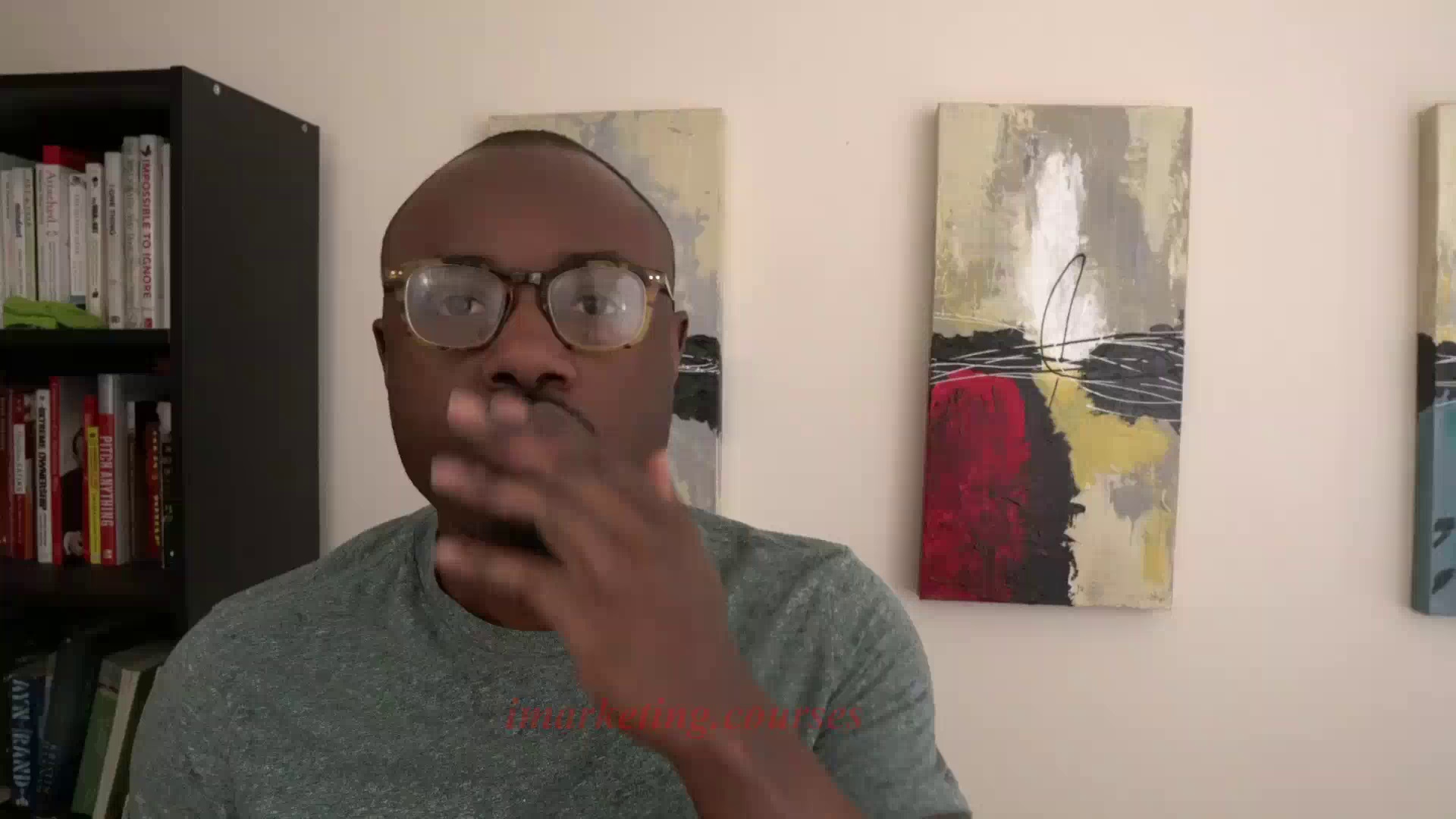
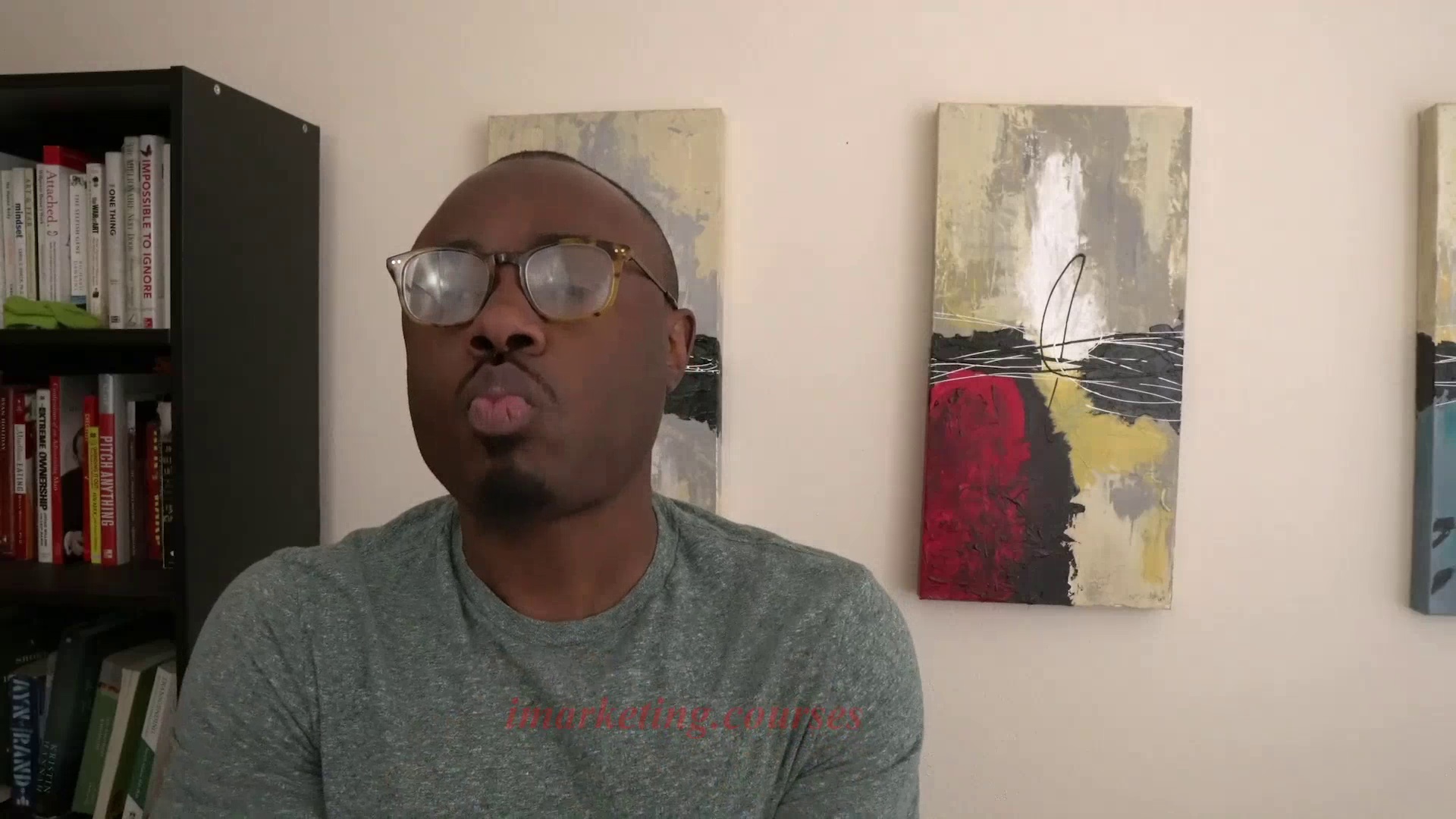
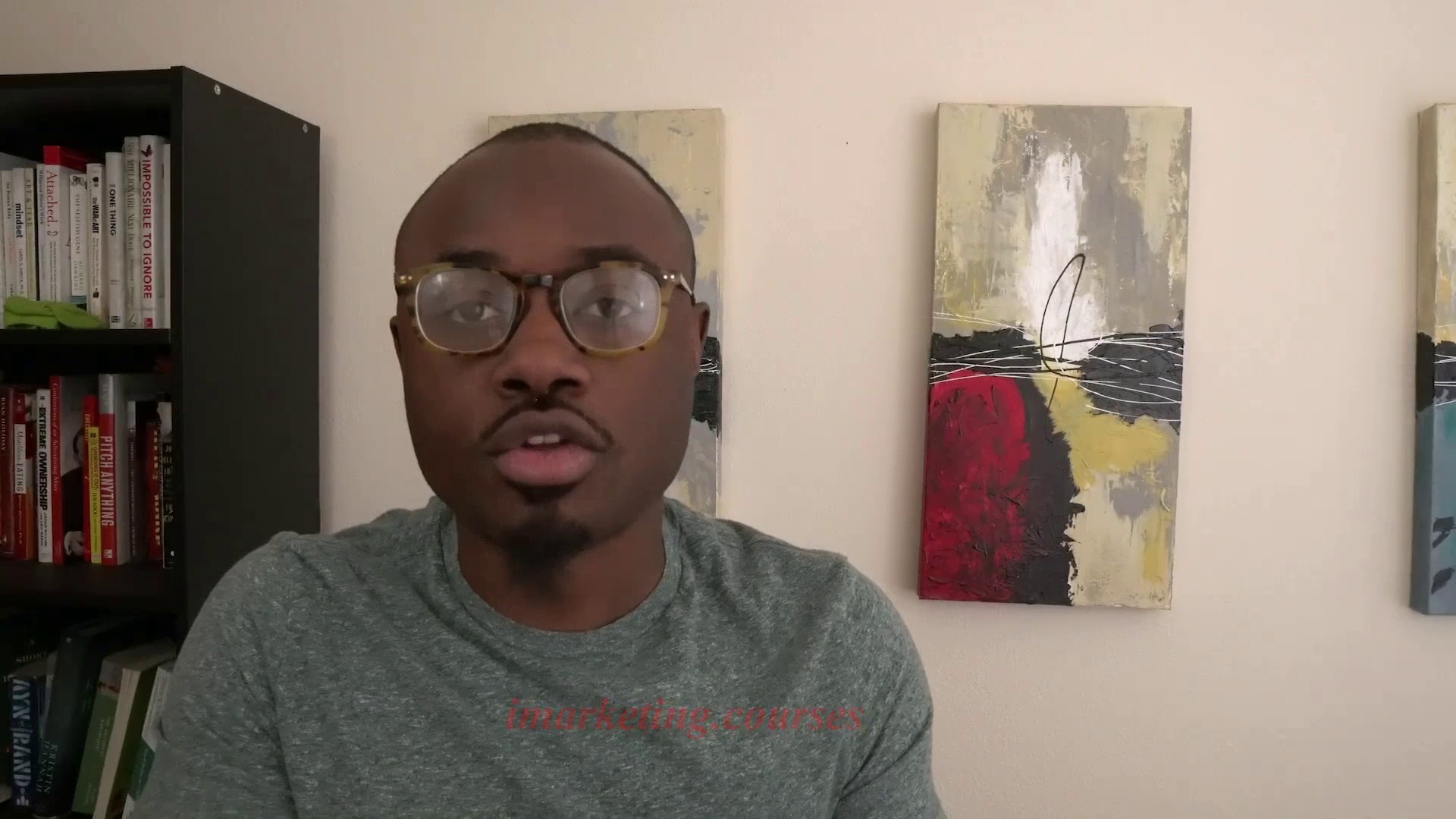
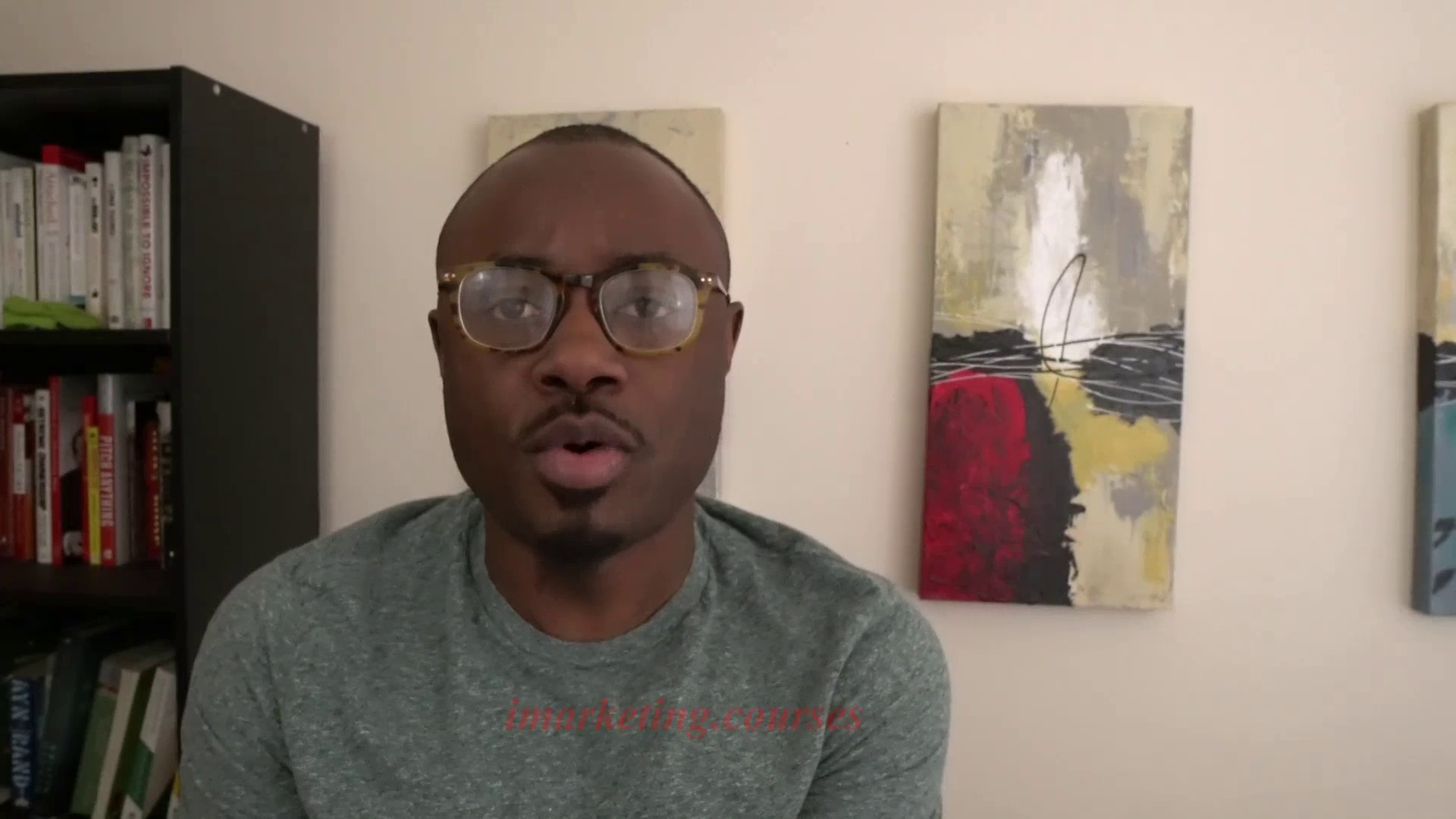

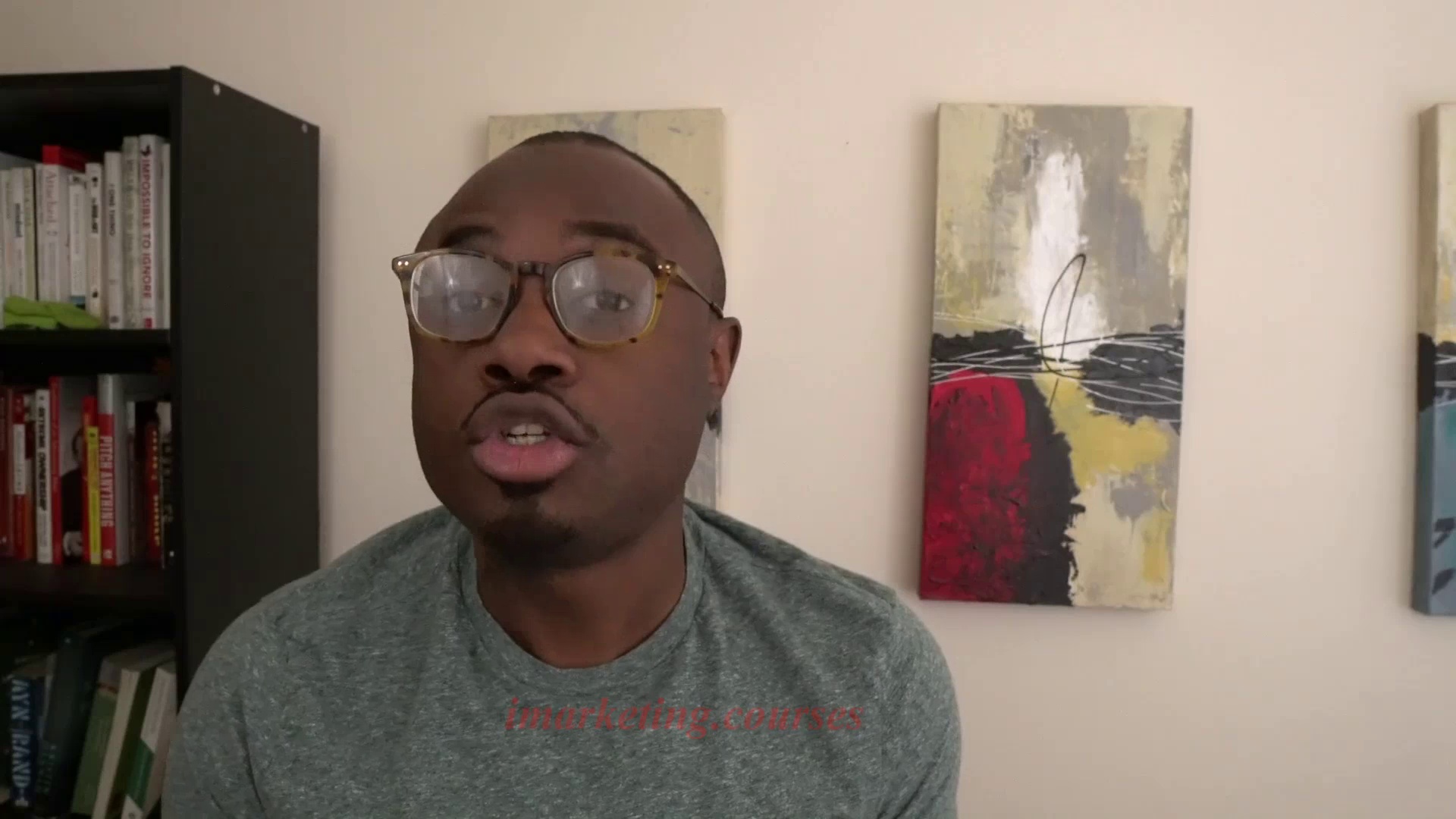
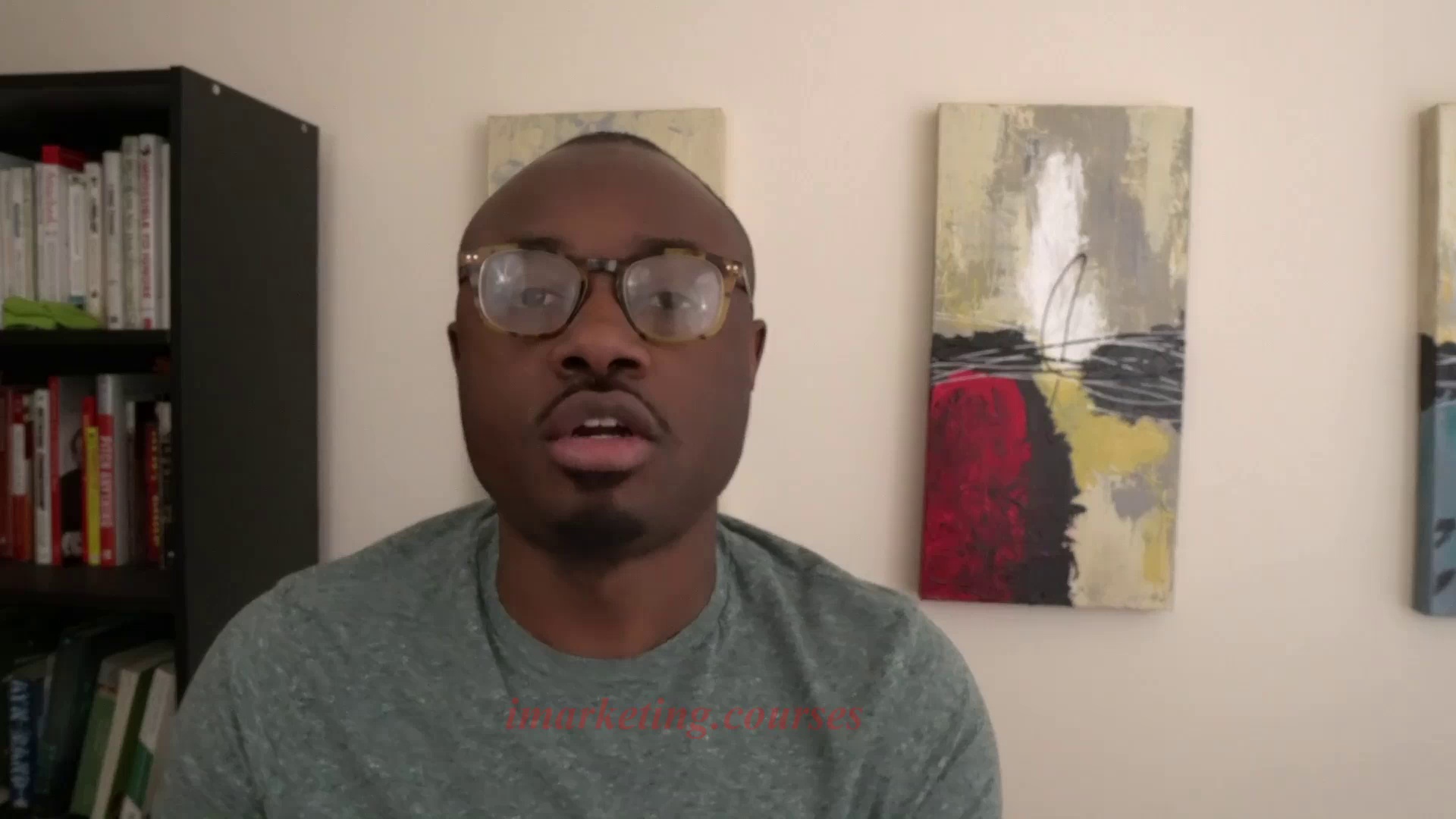
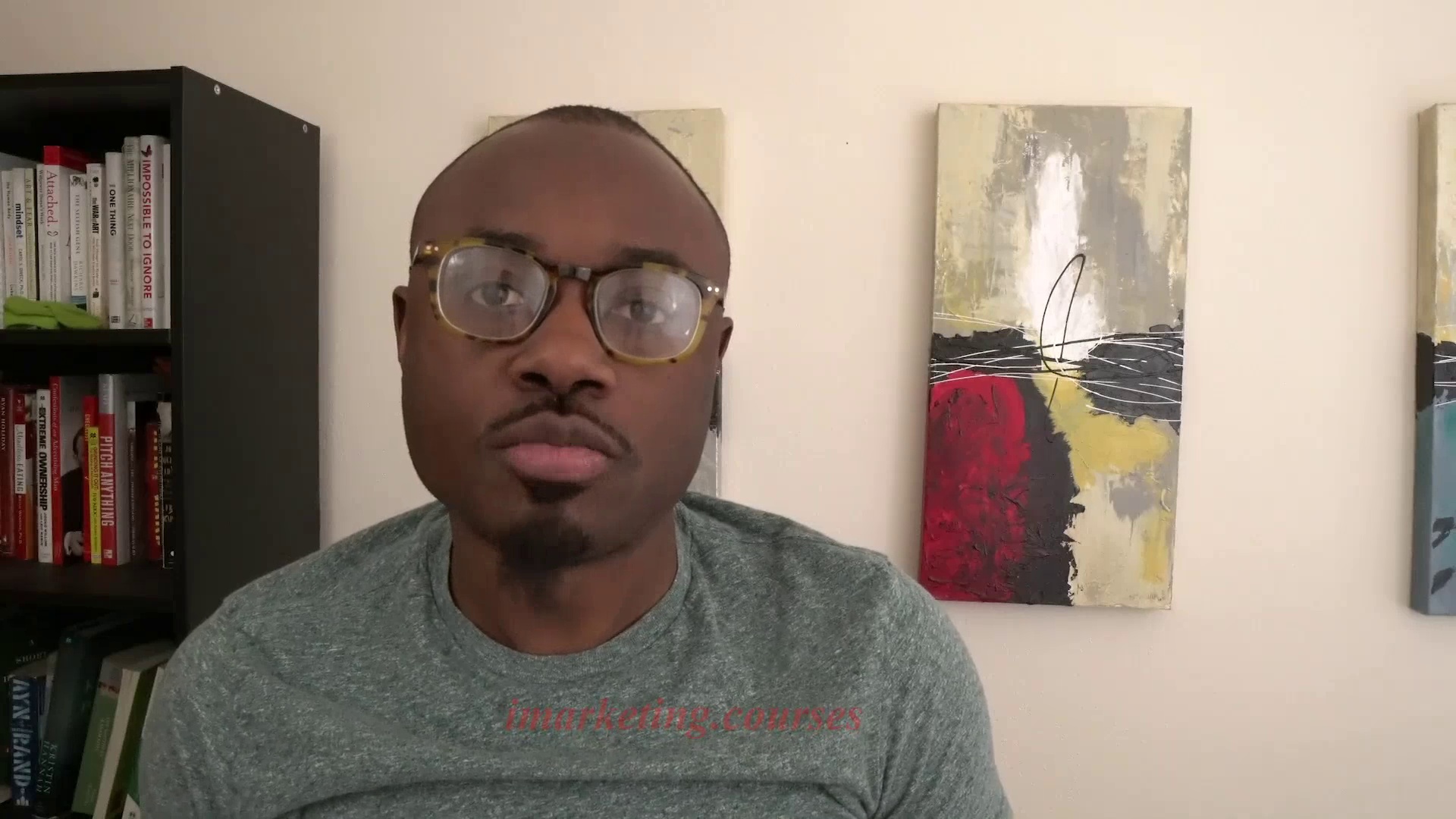
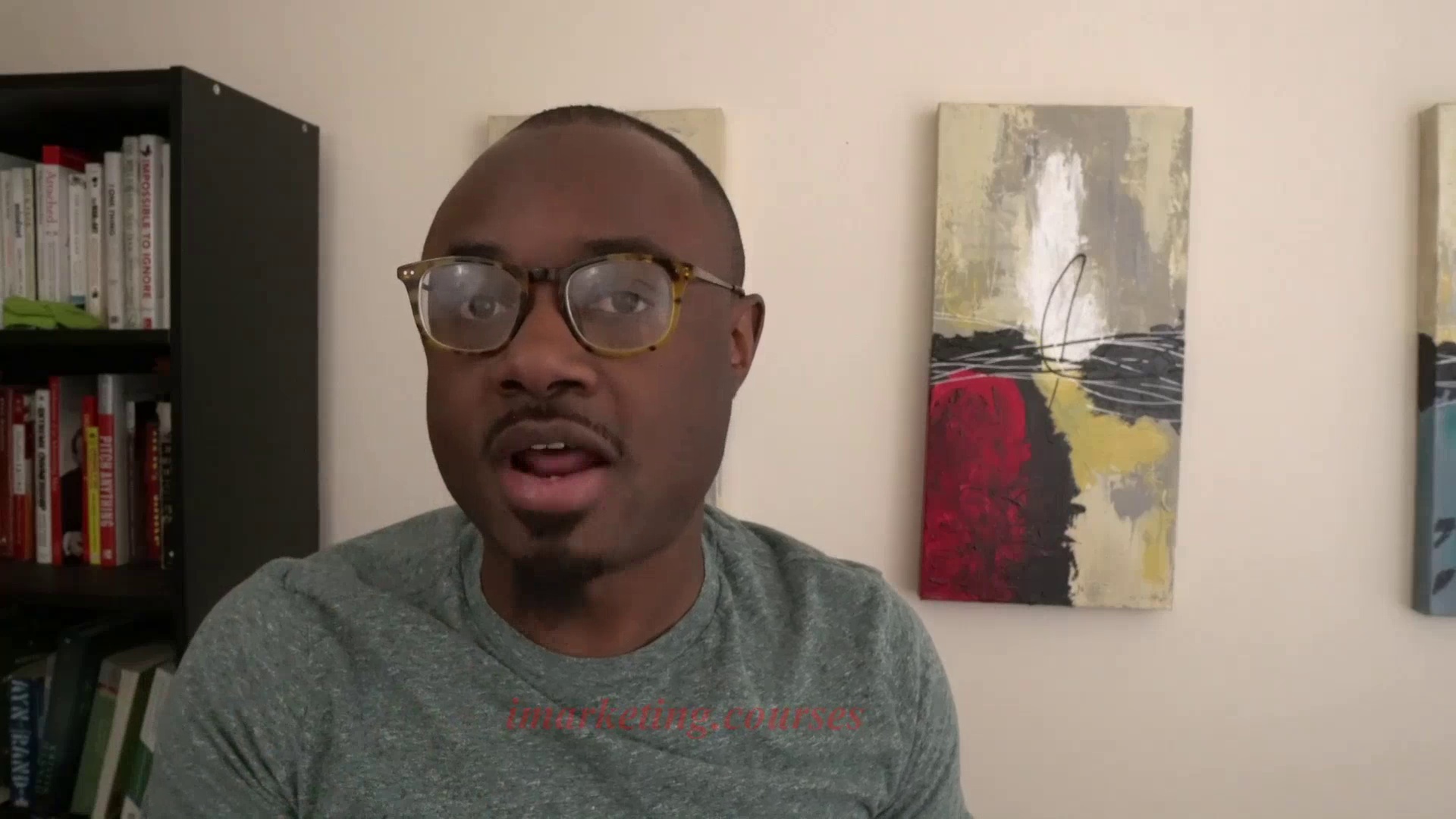
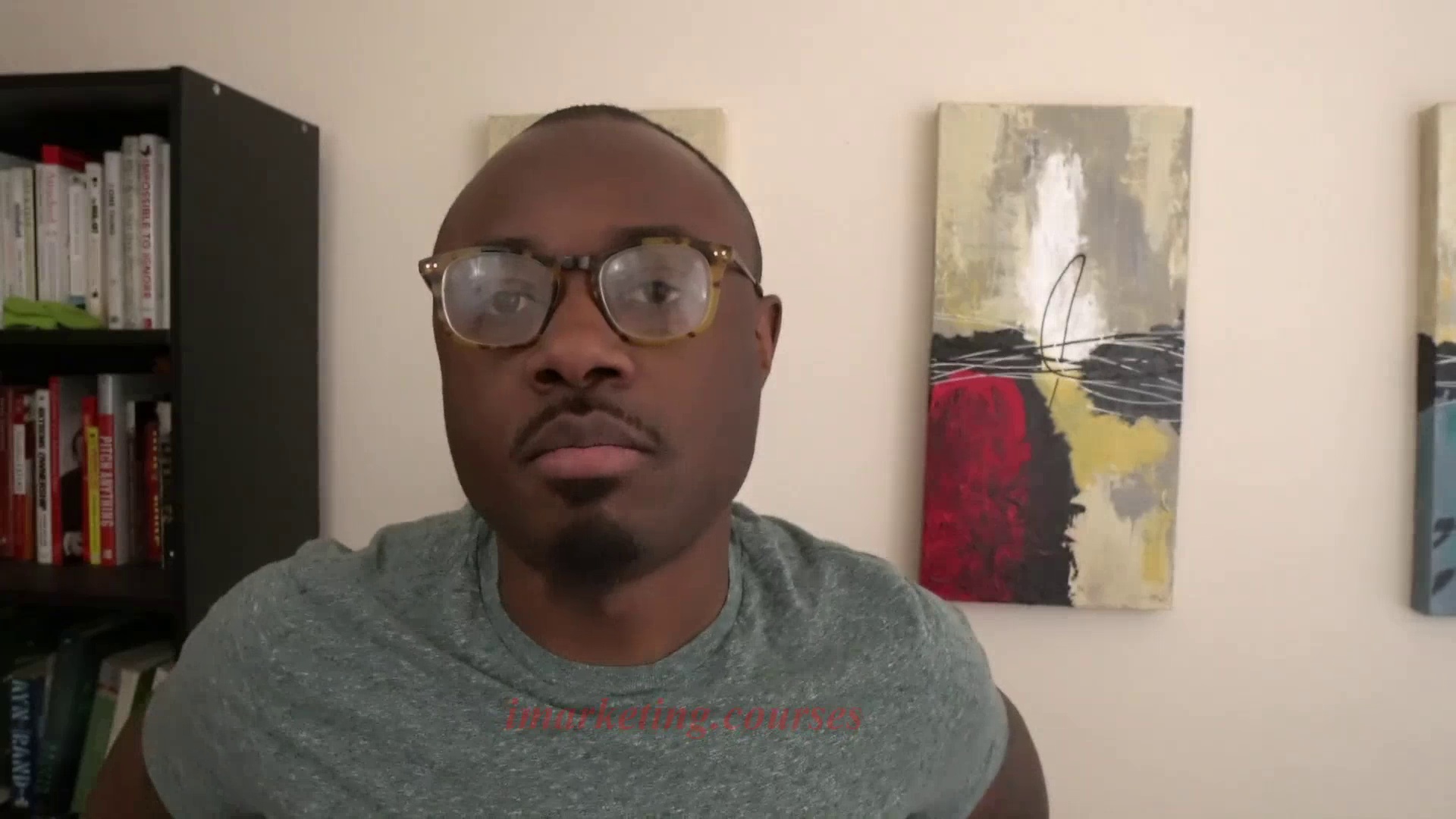
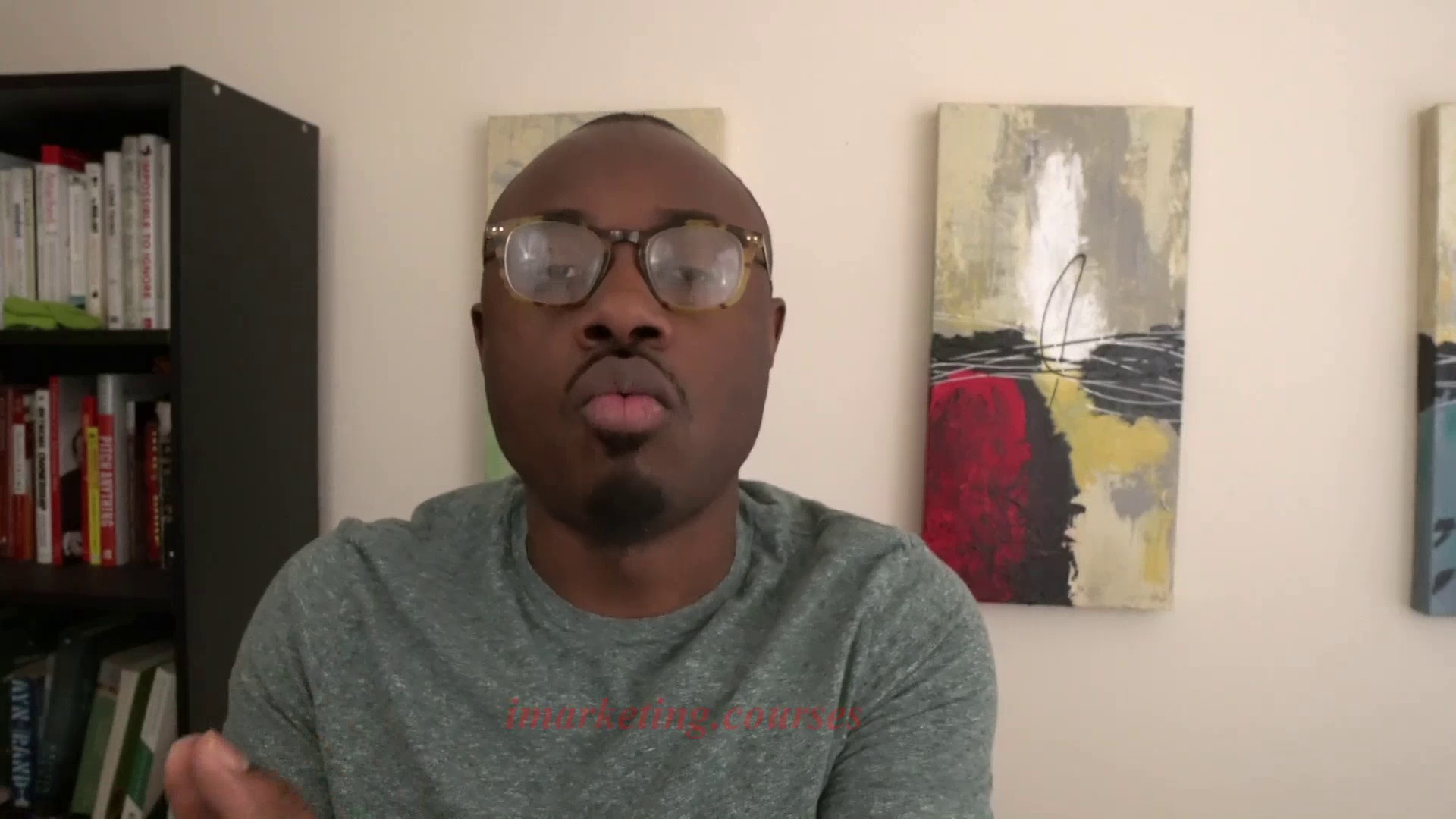
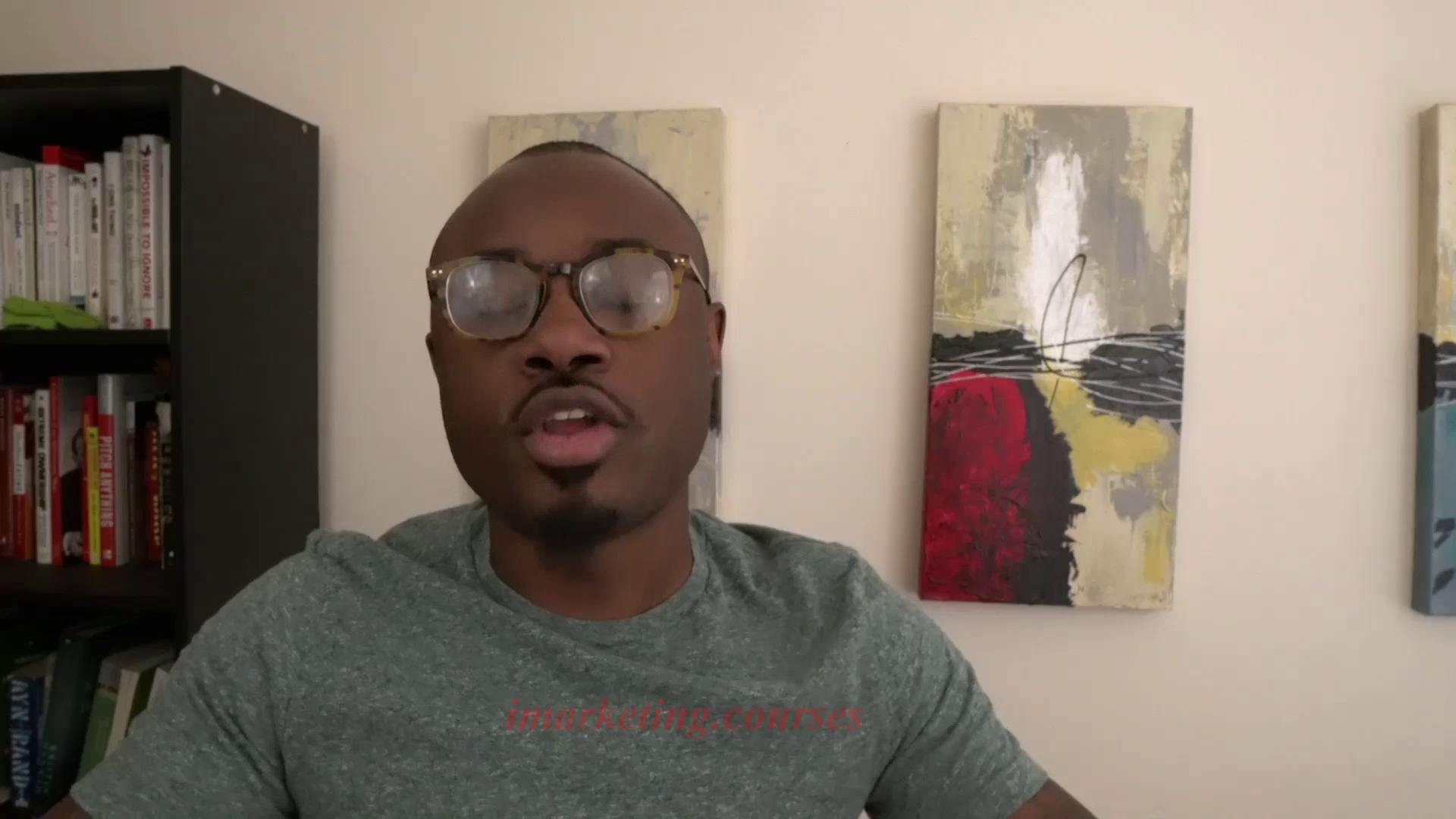
The narrator provides a 30-day roadmap for writing on Medium, with the goals of: consistently publishing content, getting content into publications, constantly generating article ideas, and engaging with the community daily.
Before starting, the narrator recommends setting an article quota, committing to generating 10 headline ideas daily, choosing a regular time block for writing, and picking a daily engagement strategy.
Week 1: Focus only on publishing articles to your profile feed without publications. Use these articles as writing samples for future publication submissions.
Week 2: Aim to get an article accepted into at least one publication. Also, pick one writing technique from the course to apply to all articles this week.
Week 3: Add a second publication and incorporate 2-3 more writing techniques. Continue existing strategies.
Week 4: Reach 3 total publications. Try using all writing techniques from the course. Review metrics and progress to establish a baseline for future growth.
.Medium Writing - Part 2












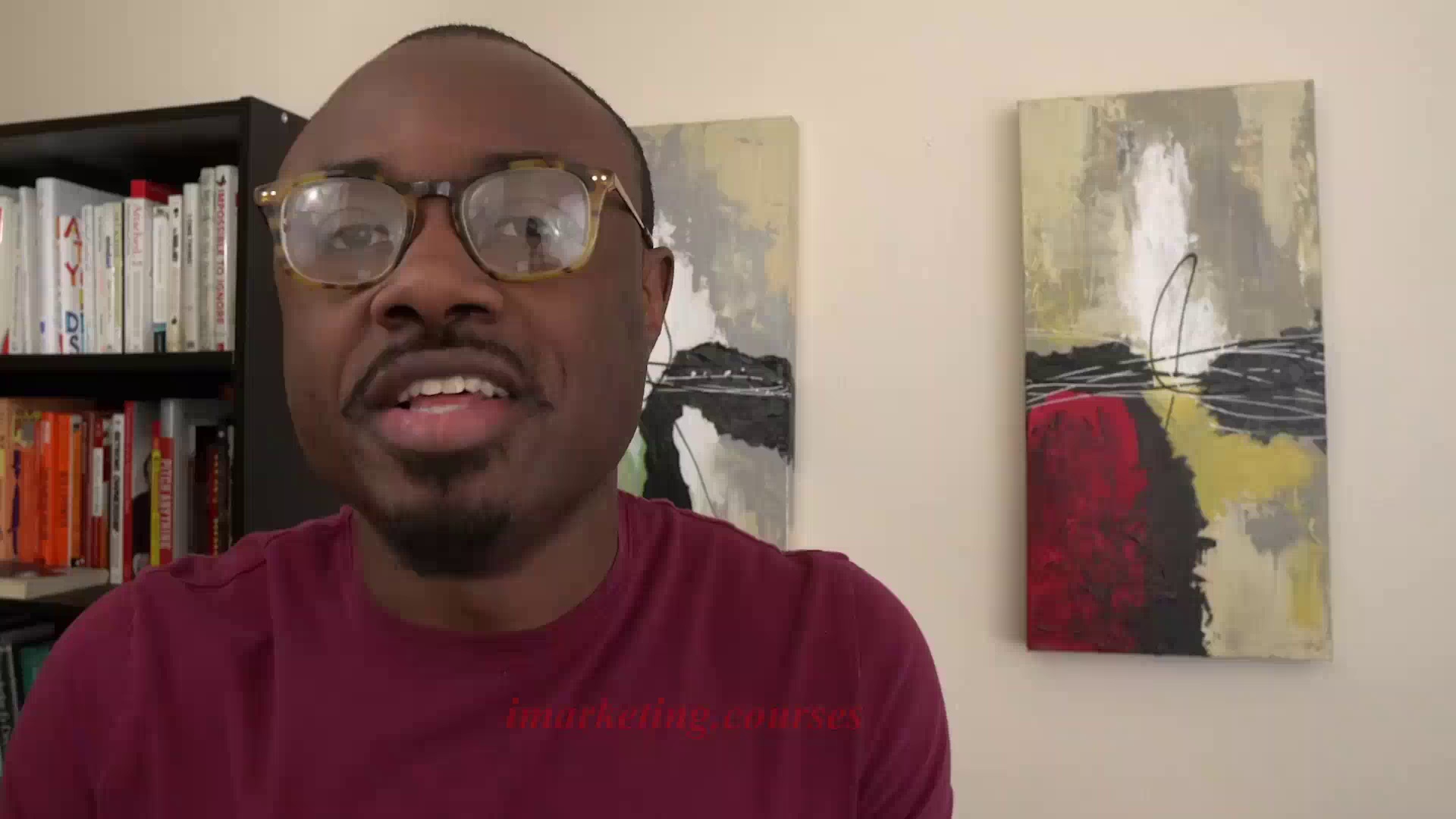

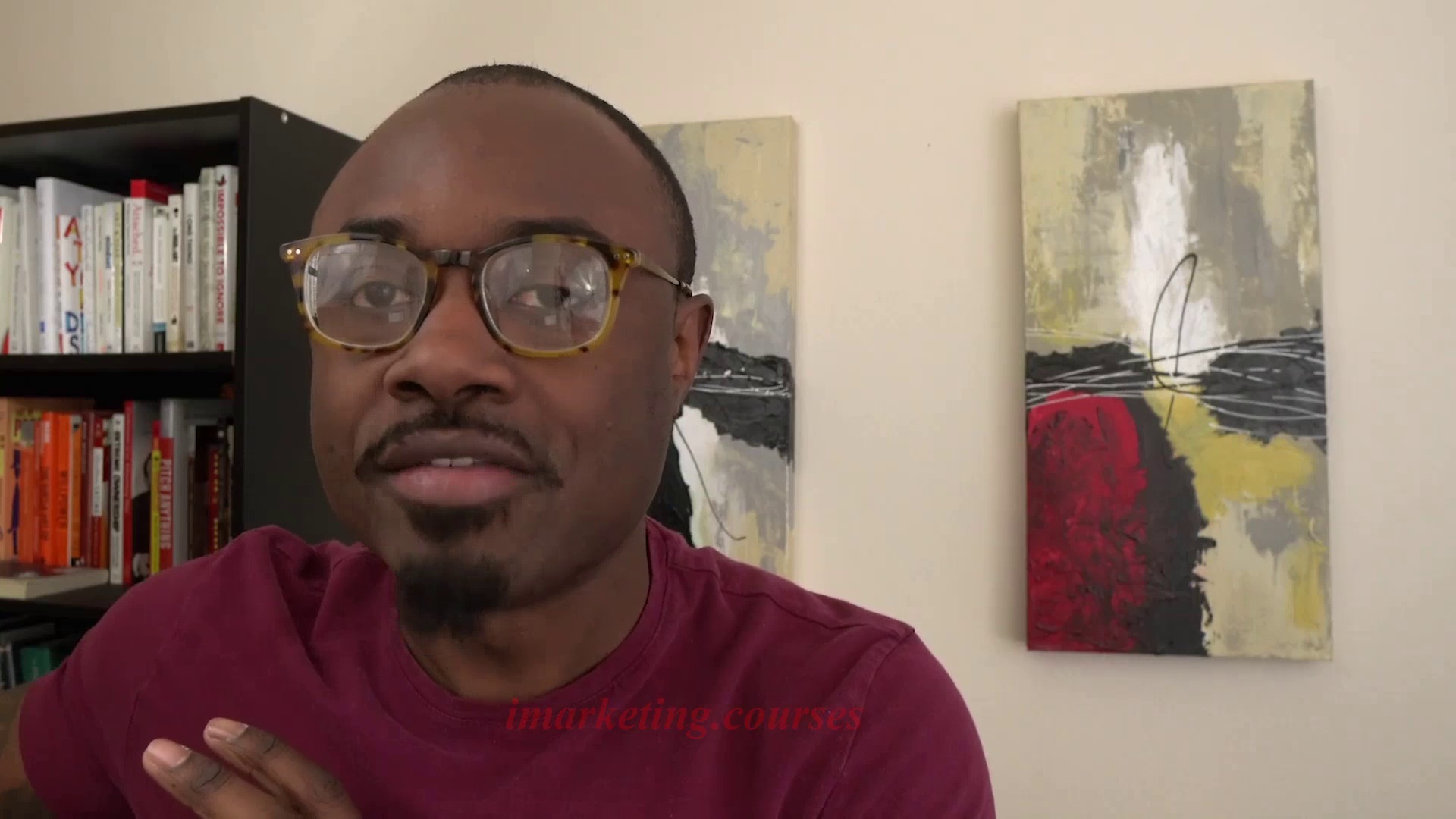
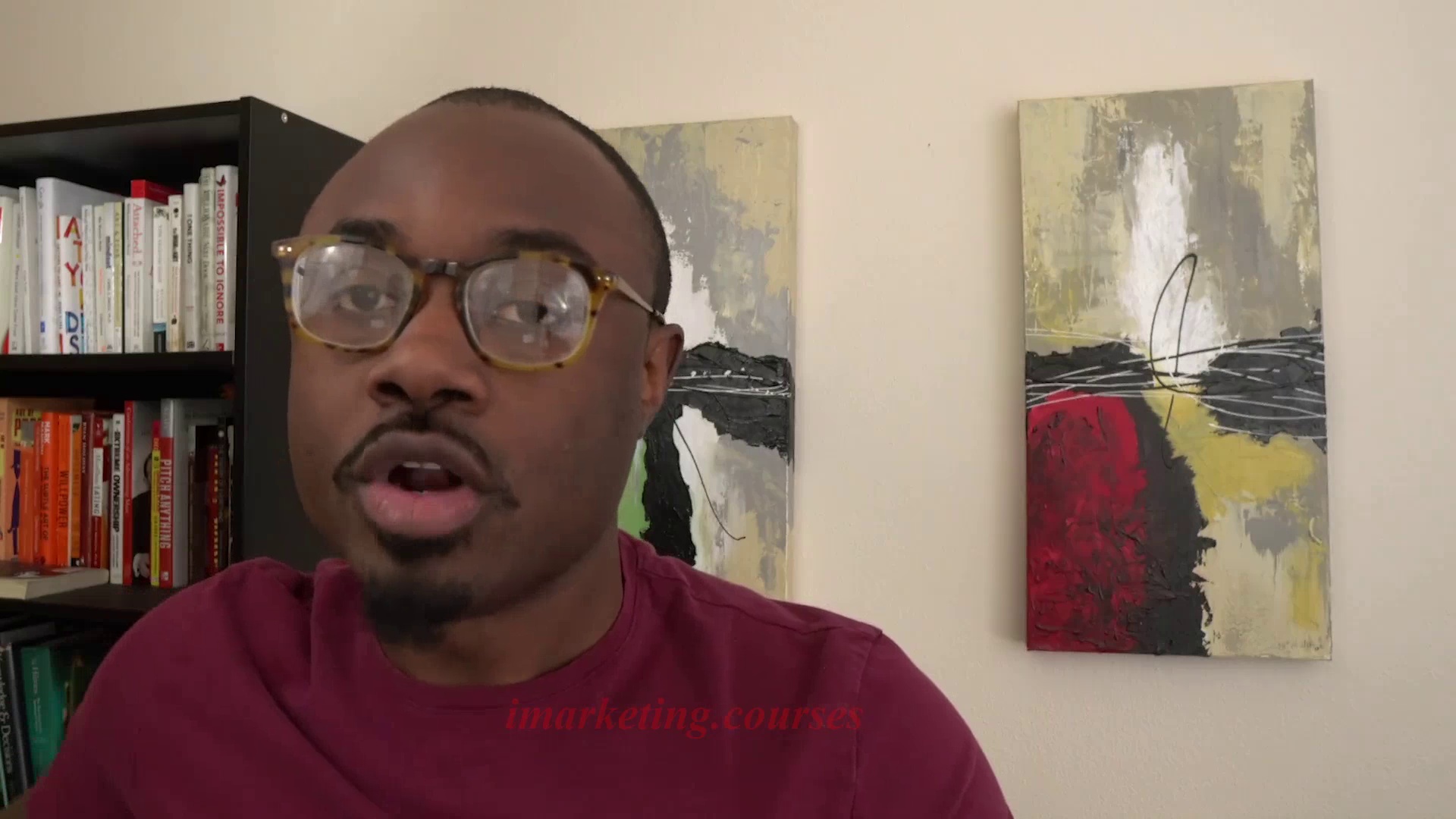
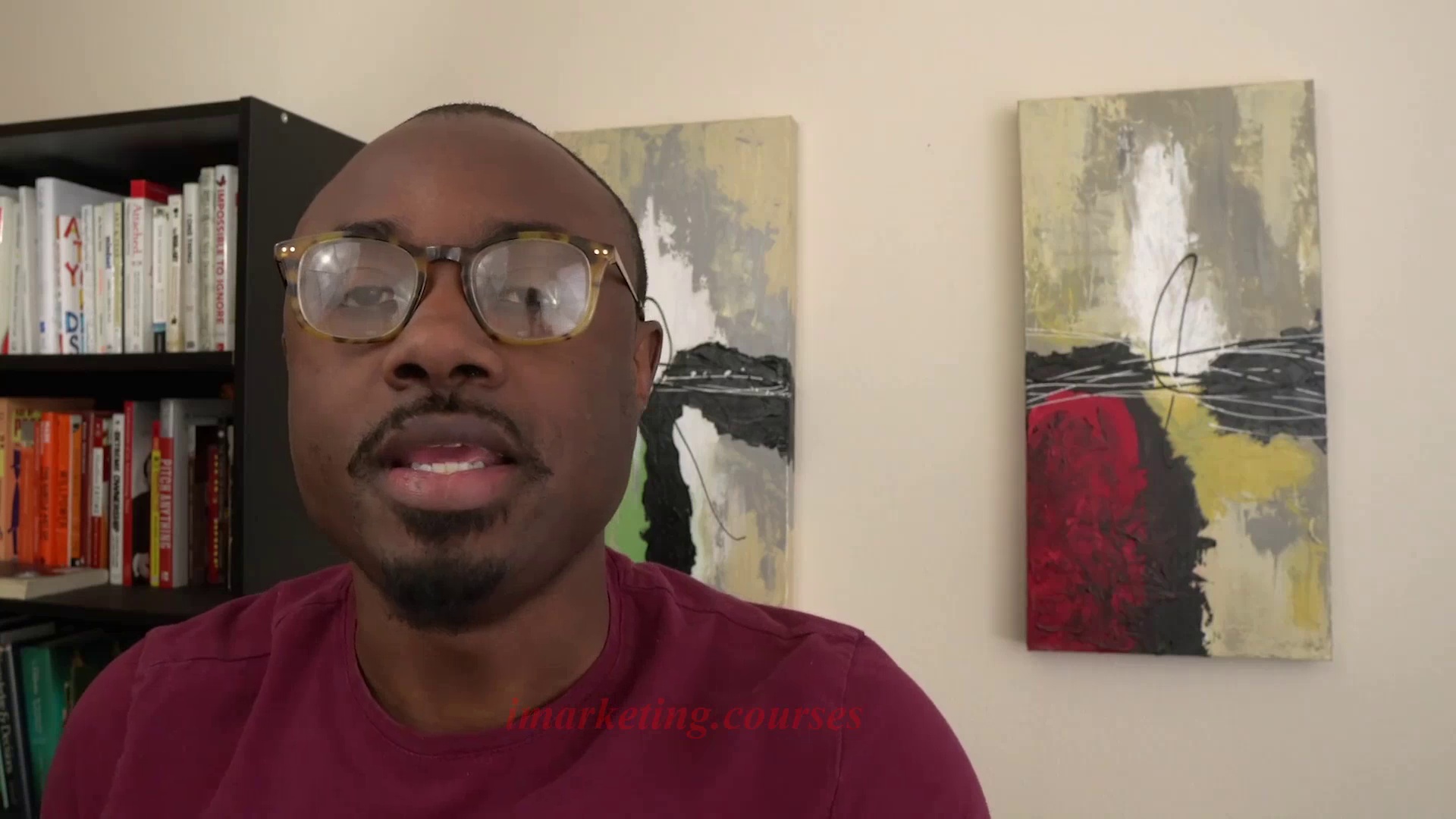
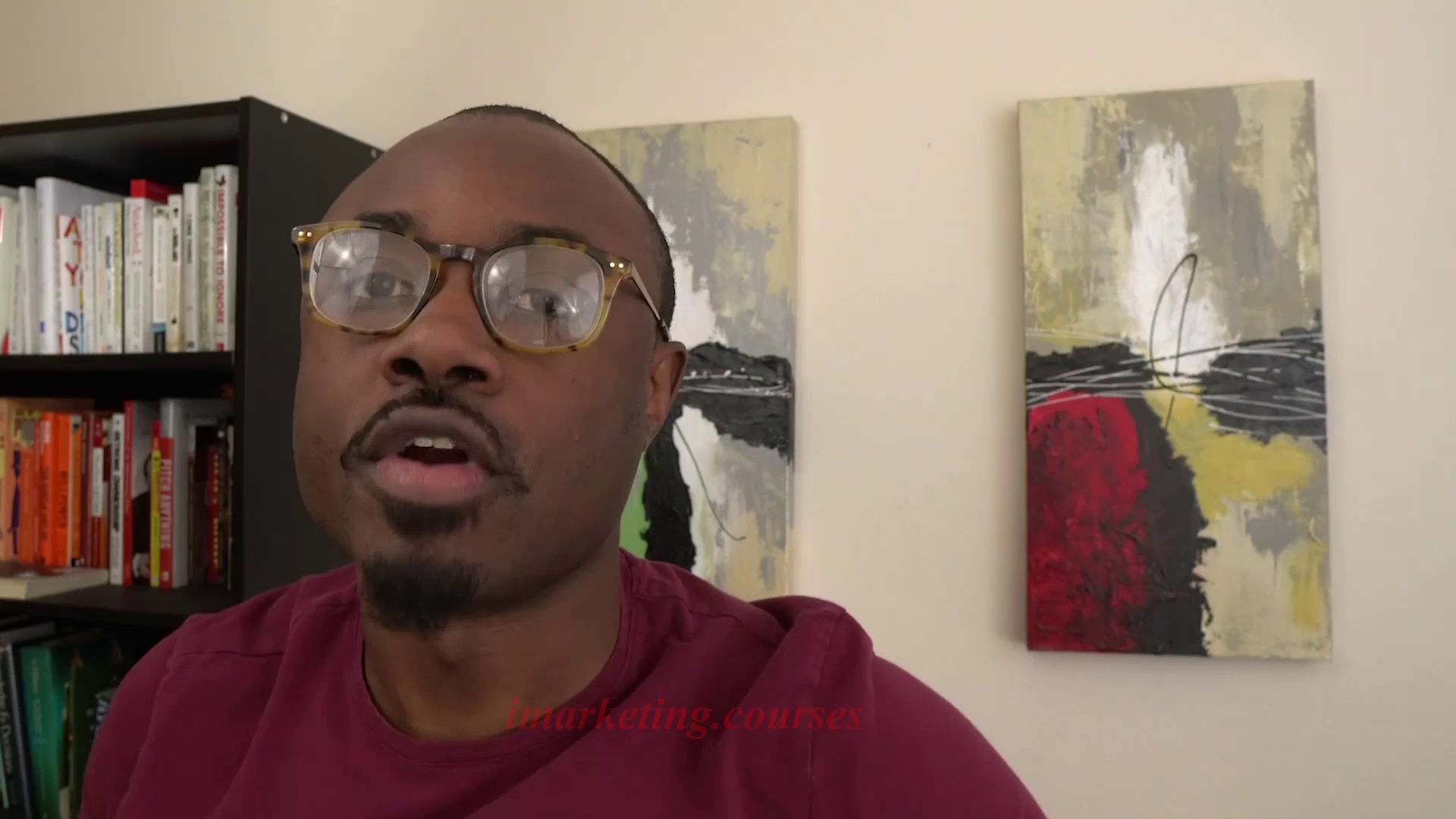
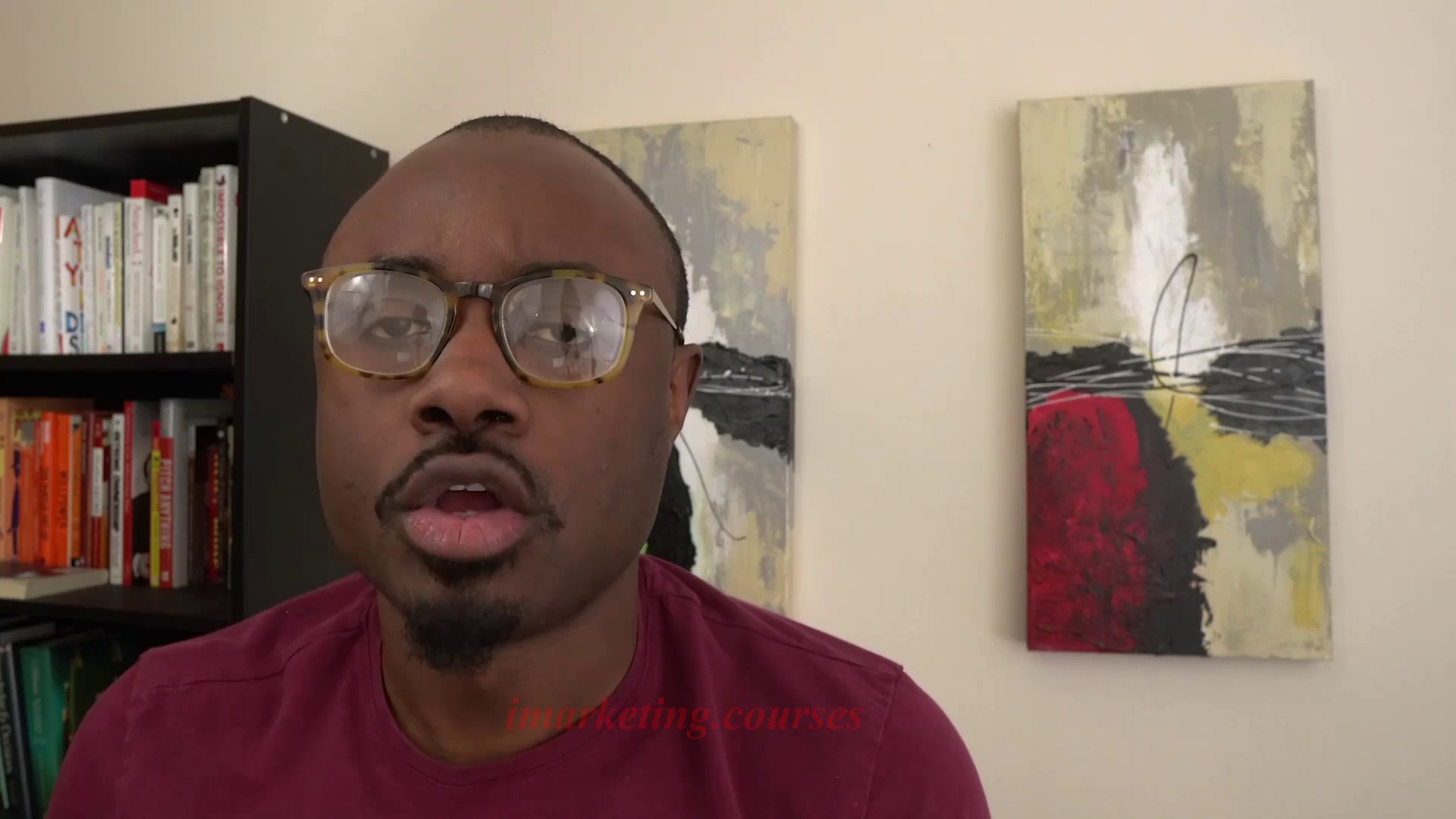

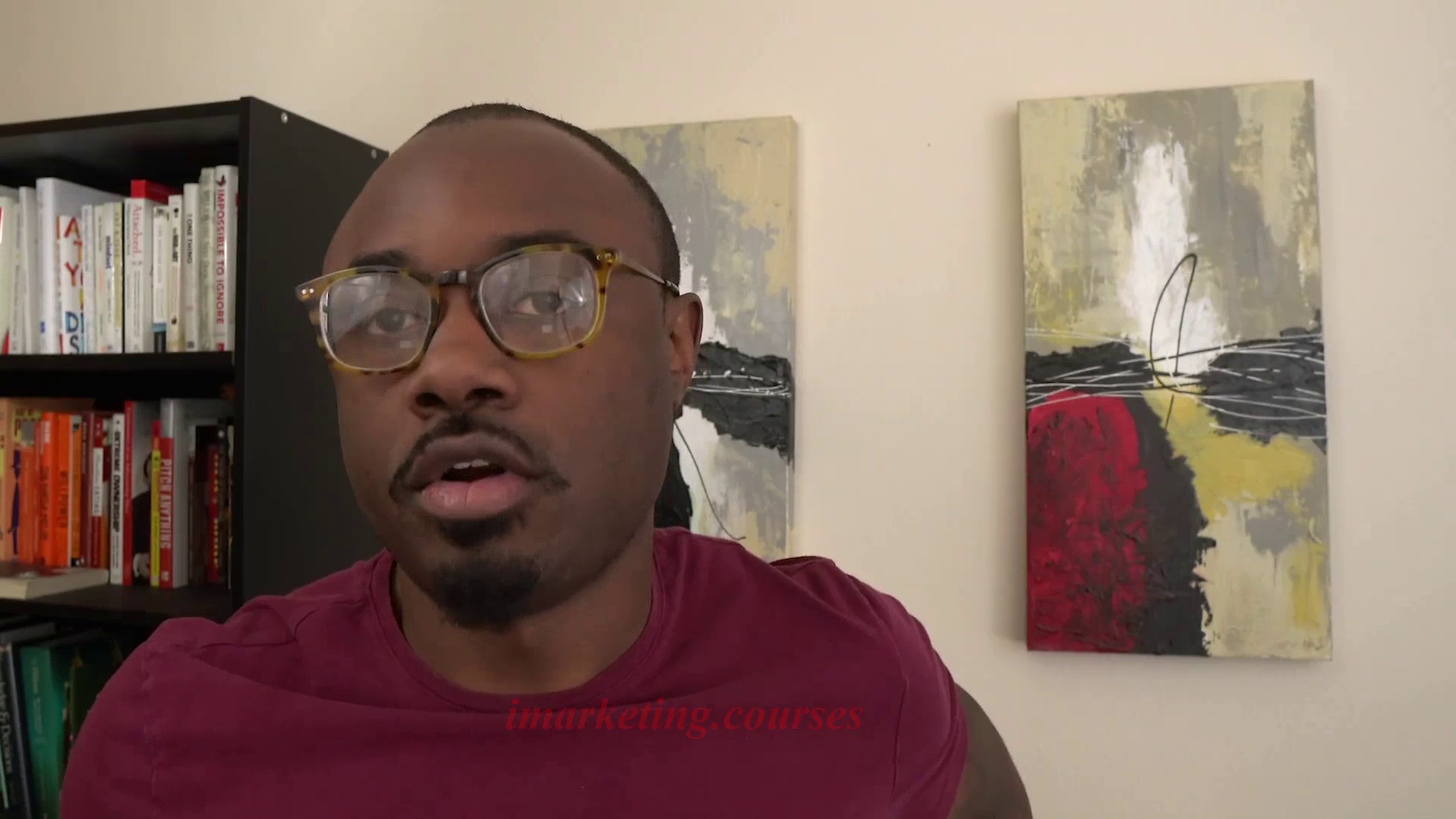
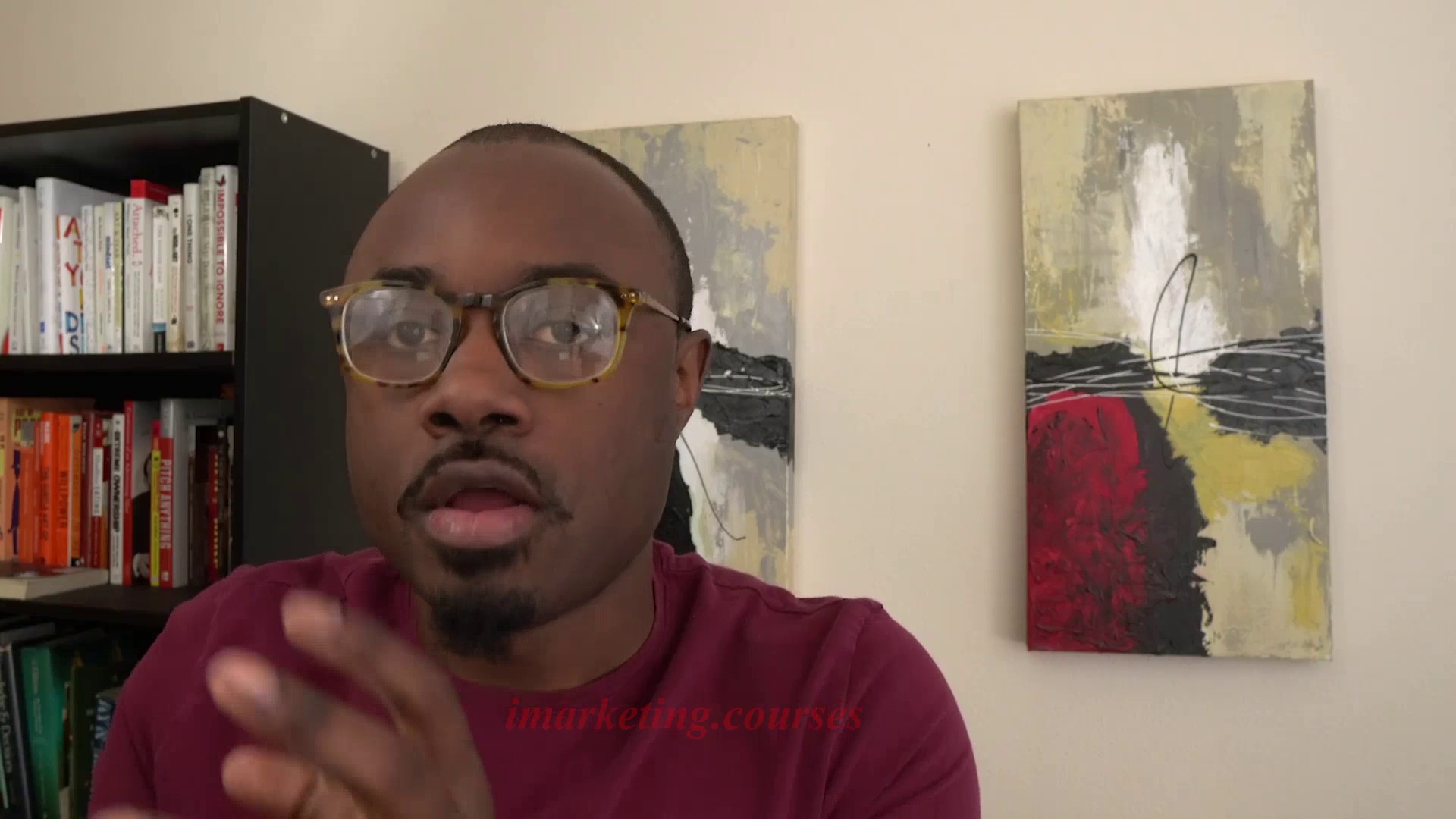
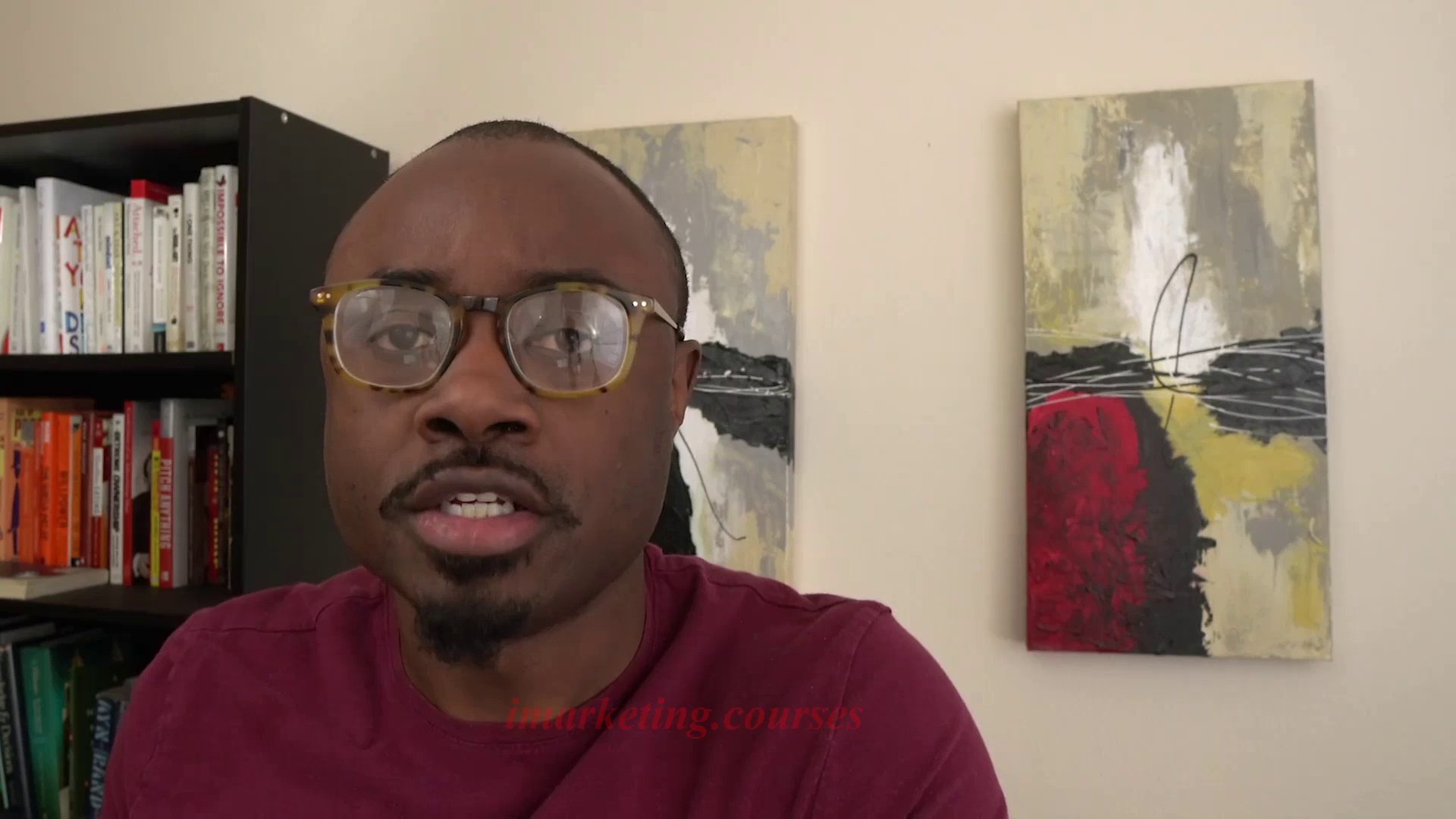
ConvertKit is the narrator's recommended email service provider. It has better email delivery rates than other options like MailChimp.
You need an email service provider to collect and store emails, and send broadcasts. You also need a landing page where people enter their email to join your list.
The narrator uses LeadPages to create landing pages. At the end of Medium articles, have a call to action for people to join your email list, linking to the landing page.
You can also offer a freebie PDF in exchange for signing up. This is automatically sent by the email service after they enter their email.
Keep the freebie simple, like a PDF of your best articles. The key is focusing on writing first before anything too advanced with email marketing.
To start, send 1-2 emails per week sharing links to your newest articles. Over time build up more advanced funnels.
.Medium Writing - Part 3























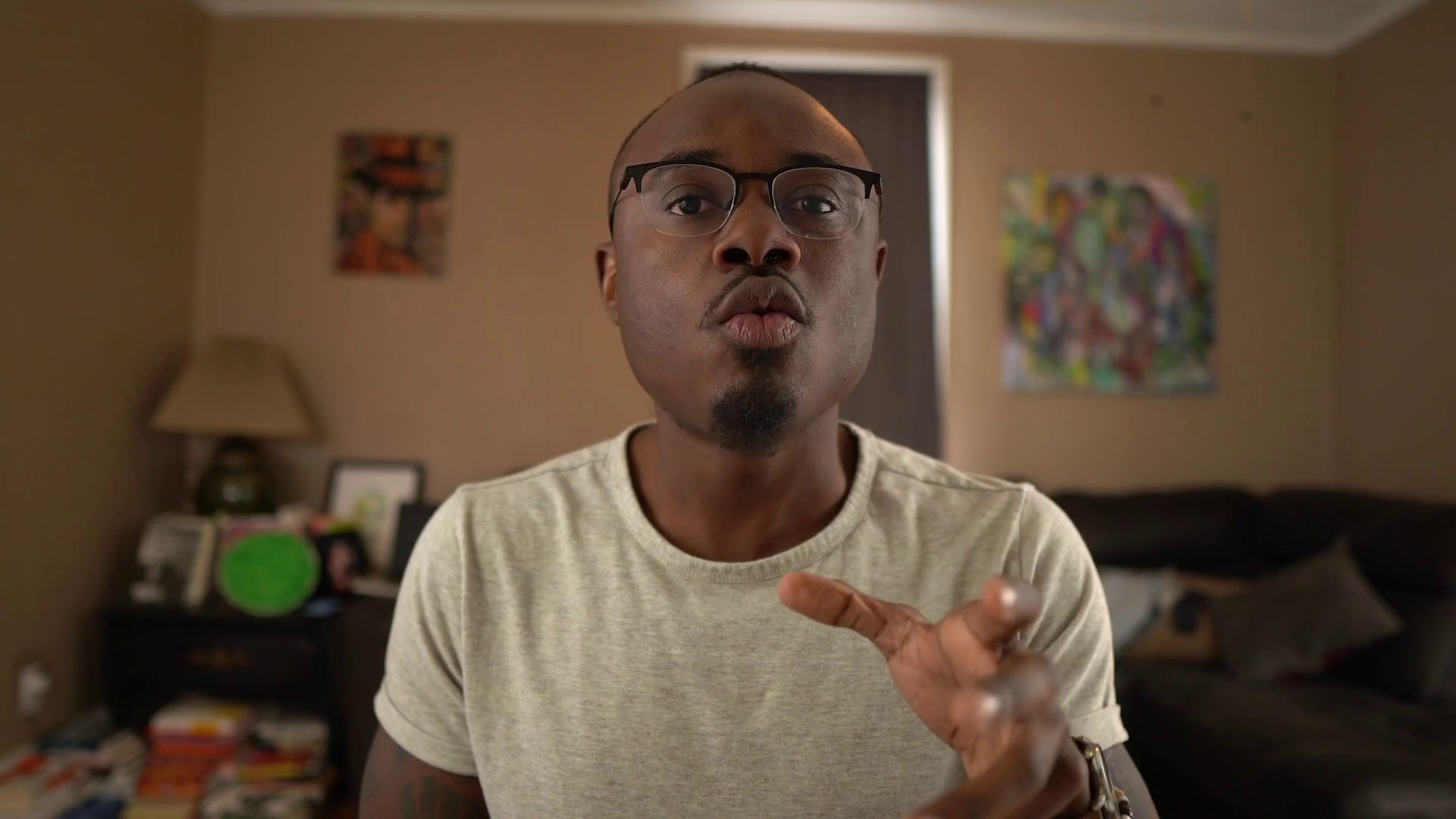
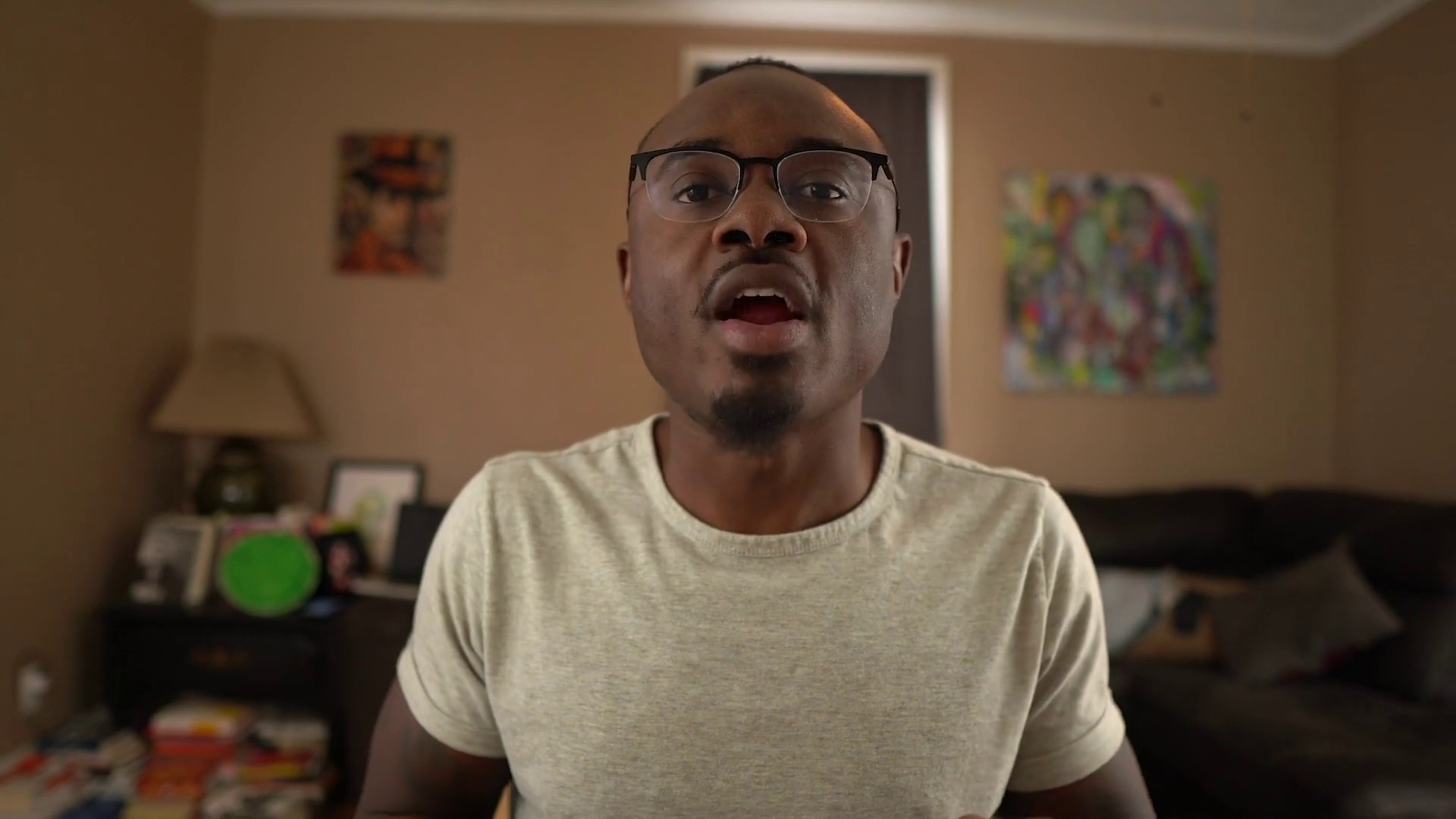
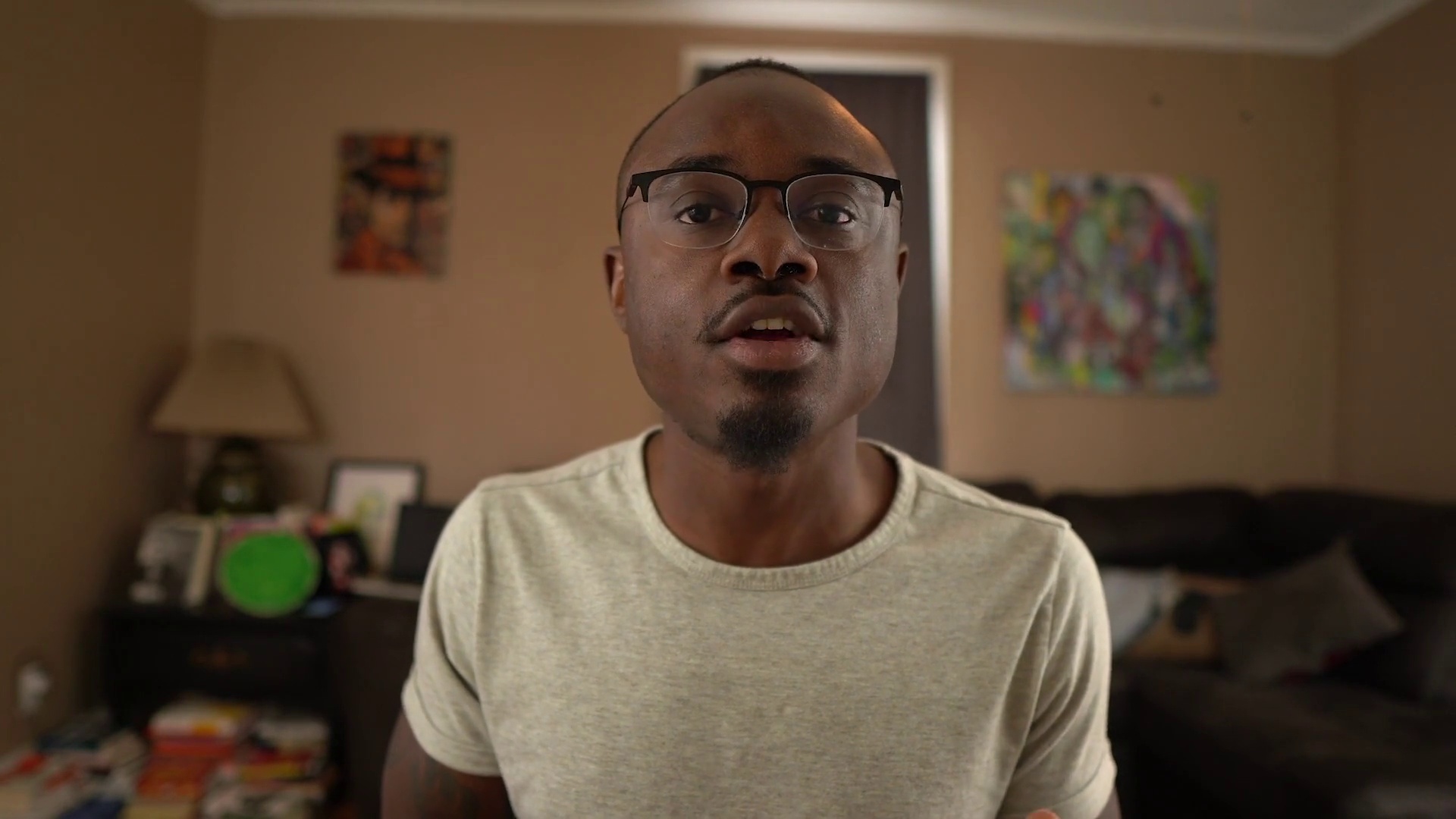
You is the most important word in the narrator's writing. Using "you" keeps the focus on the reader, not the writer.
The narrator avoids using "I" too much. Using "I" too often is self-focused. Using "you" connects with readers by getting into their mindset and helping them solve problems.
Using "you" makes writing more empathetic, less self-indulgent. It develops skills to later write personal narratives that still engage readers.
The narrator includes a sample article highlighting "you" usage. Study it to see how "you" relates to readers and helps them.
When writing a new post, consciously use "you" to focus on the reader.
.Medium Writing - Part 4


























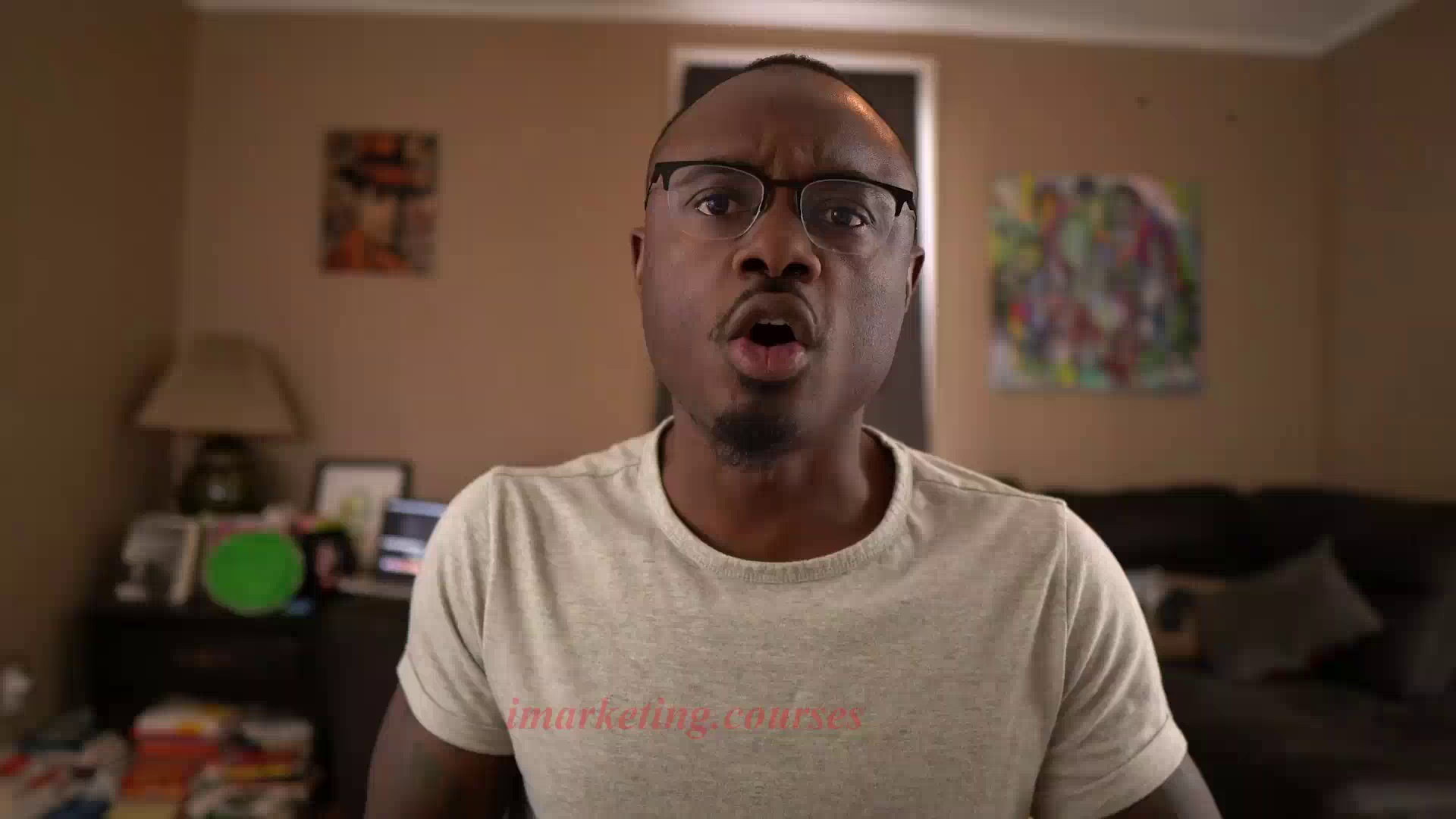
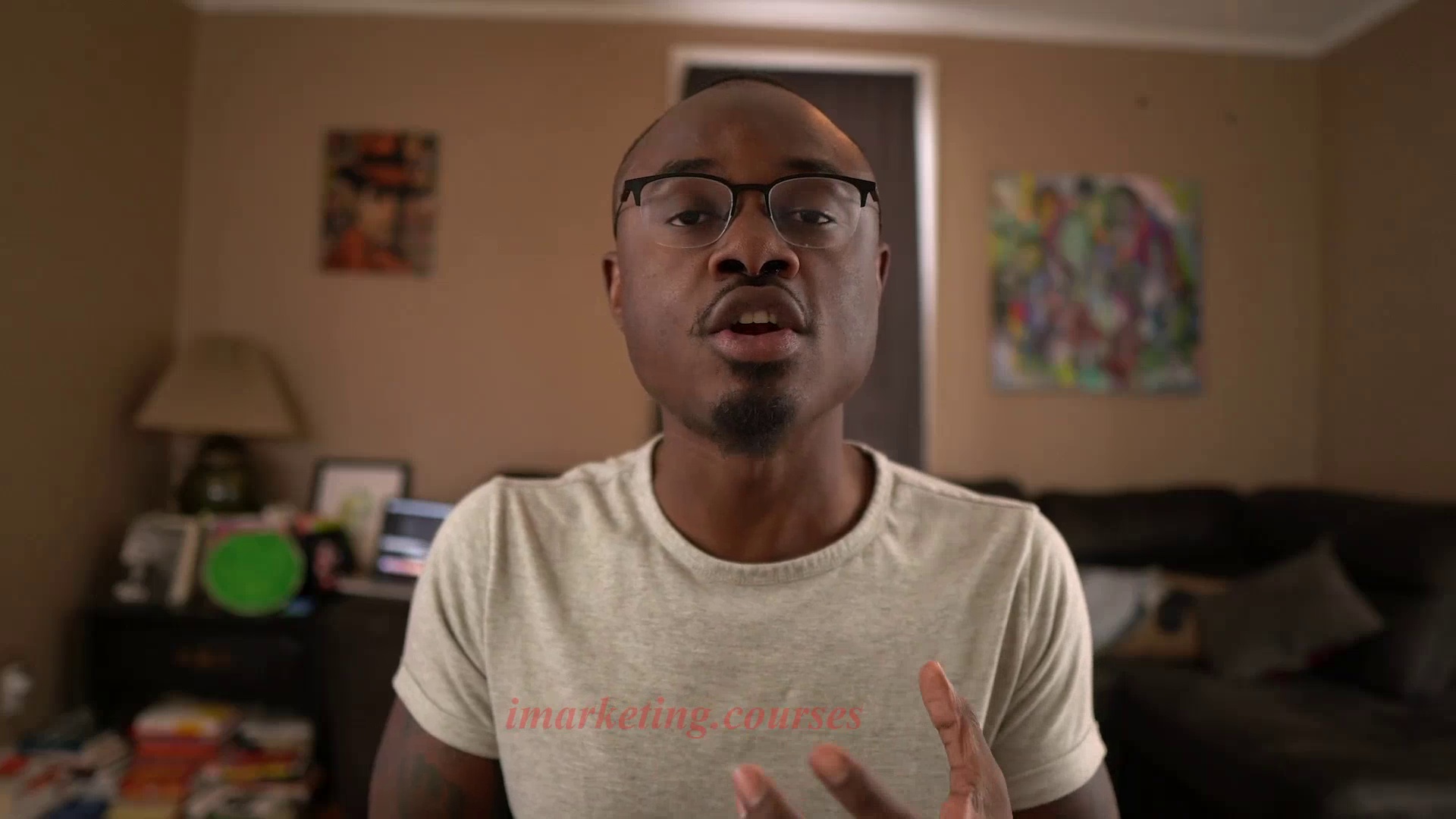
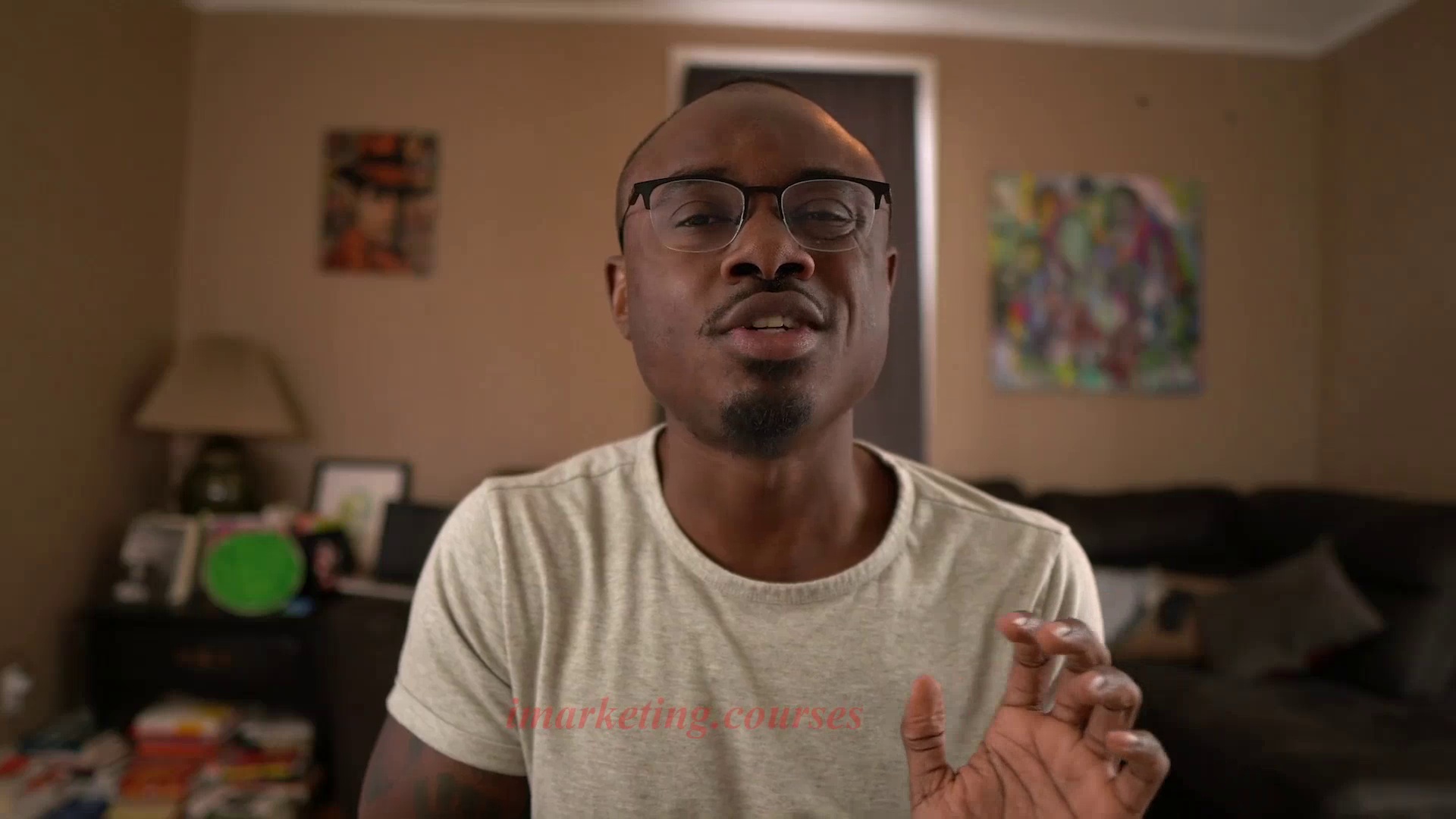
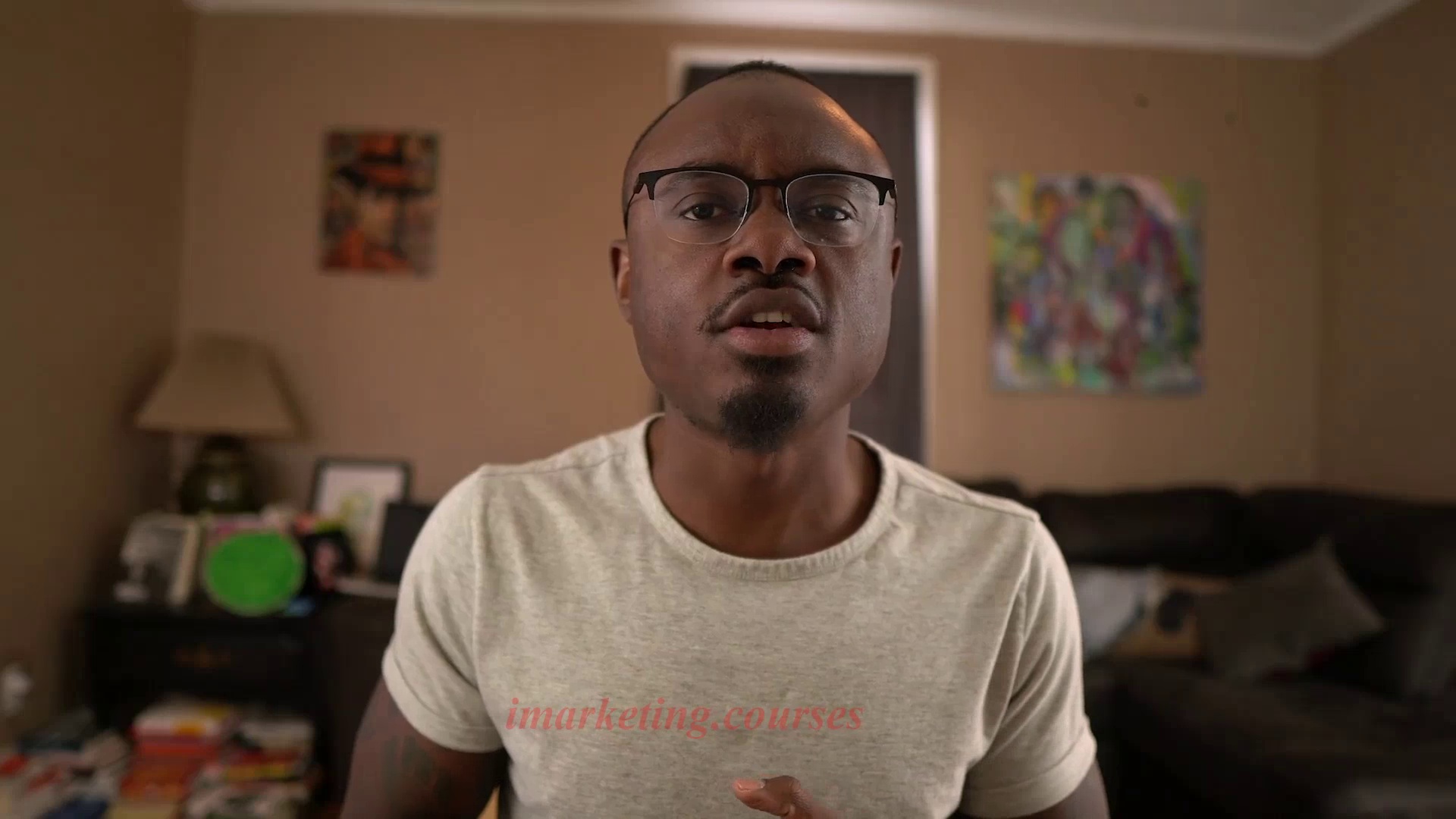
The Problem Agitation Solution (PAS) formula is a persuasive writing technique used to hook readers when creating how-to or self-help content. First, spell out the problem the reader is facing. Next, agitate them by highlighting the dire consequences of not solving the problem. Finally, allude to a solution that you will provide later in the content.
For example, when writing a post for struggling writers, first discuss their frustrations over lack of views and inconsistent writing habits. Then agitate them by saying their dreams of becoming a writer may never happen if they don't solve these problems. Finally, allude to frameworks and systems that can help them write faster and get ideas out more efficiently.
After the PAS introduction, move into the main part of the content where you provide actual solutions. Use this formula to make blog posts more persuasive by getting readers hooked through highlighting their problems.
.Medium Writing - Part 5































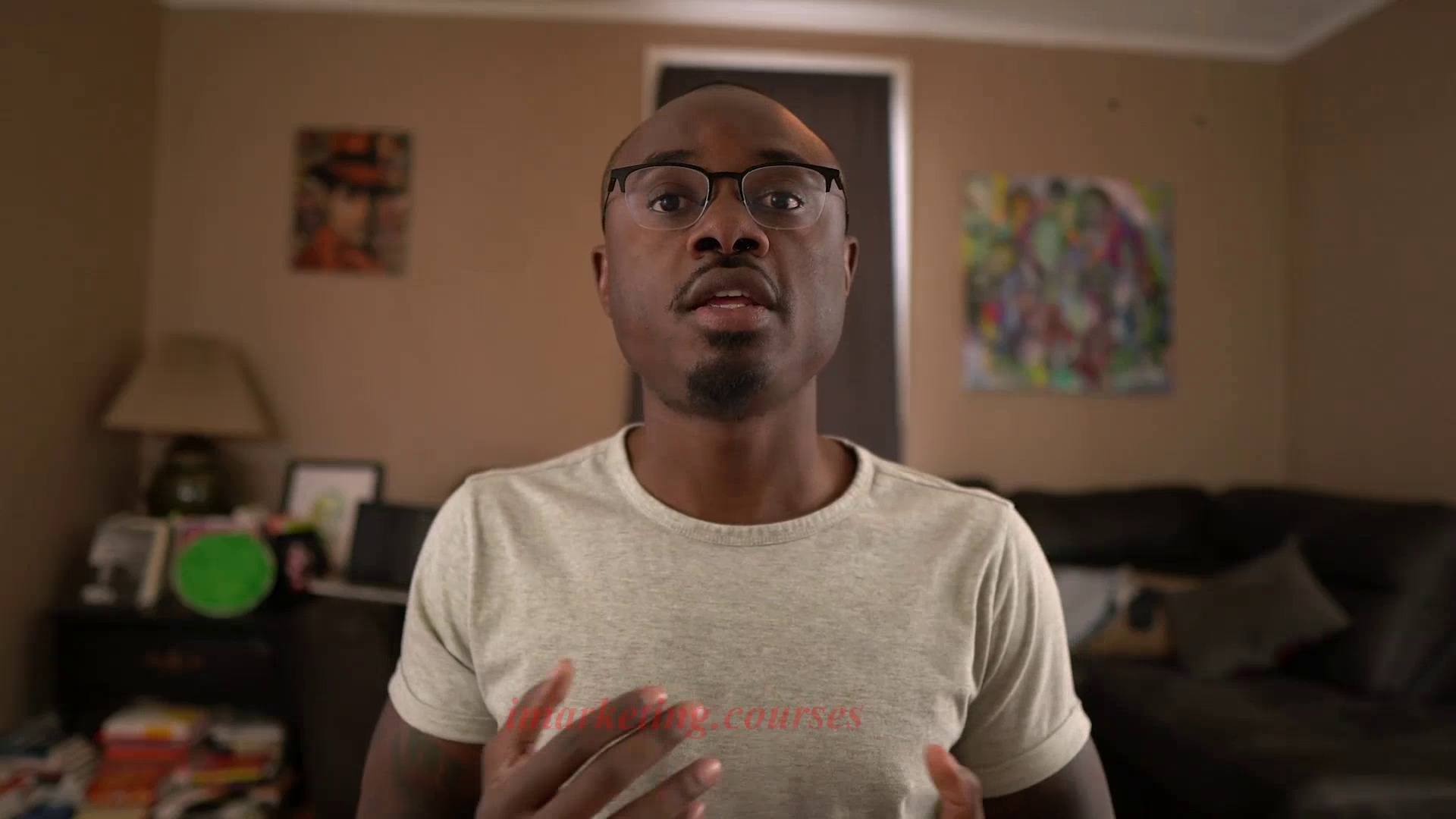
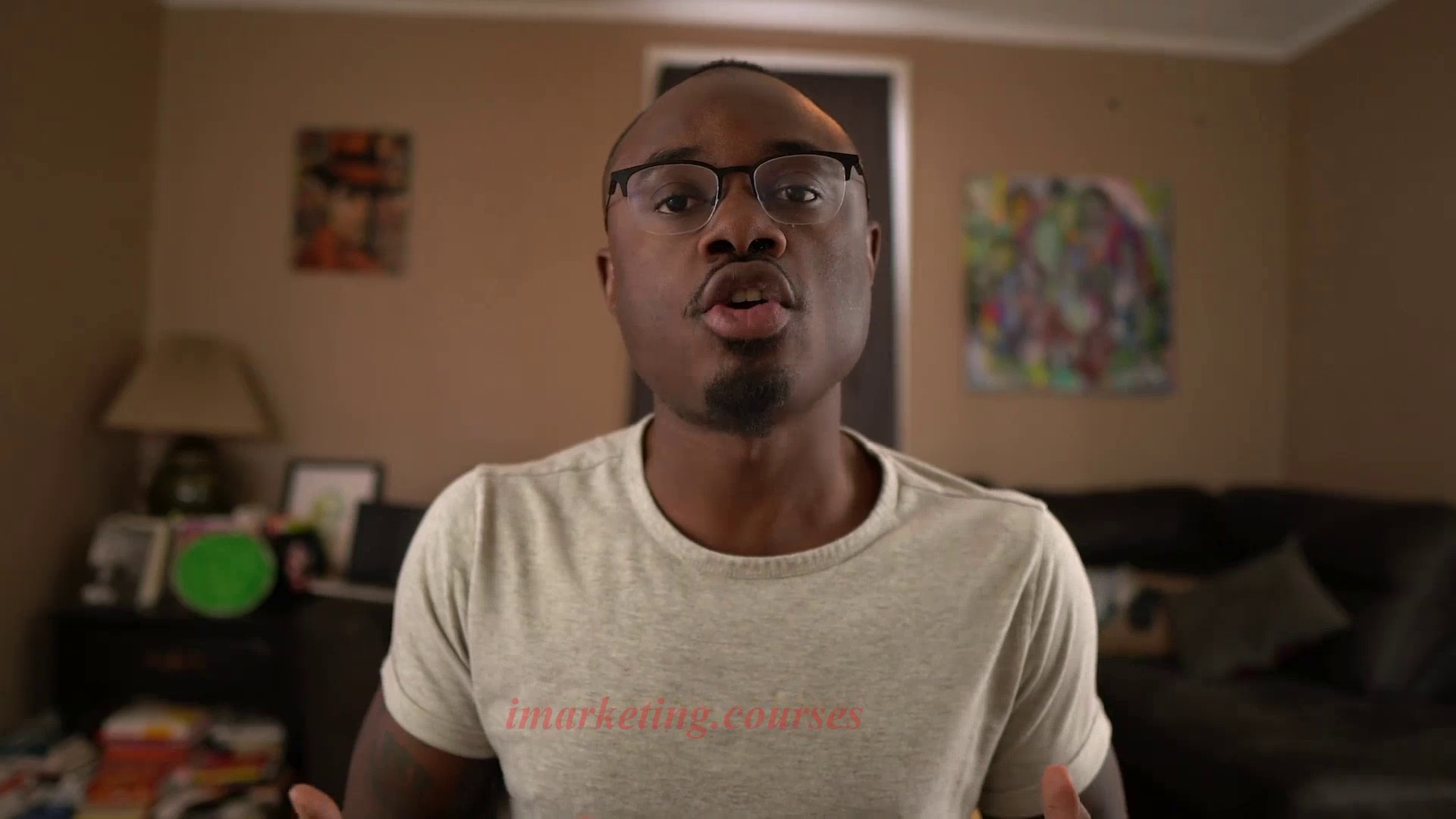
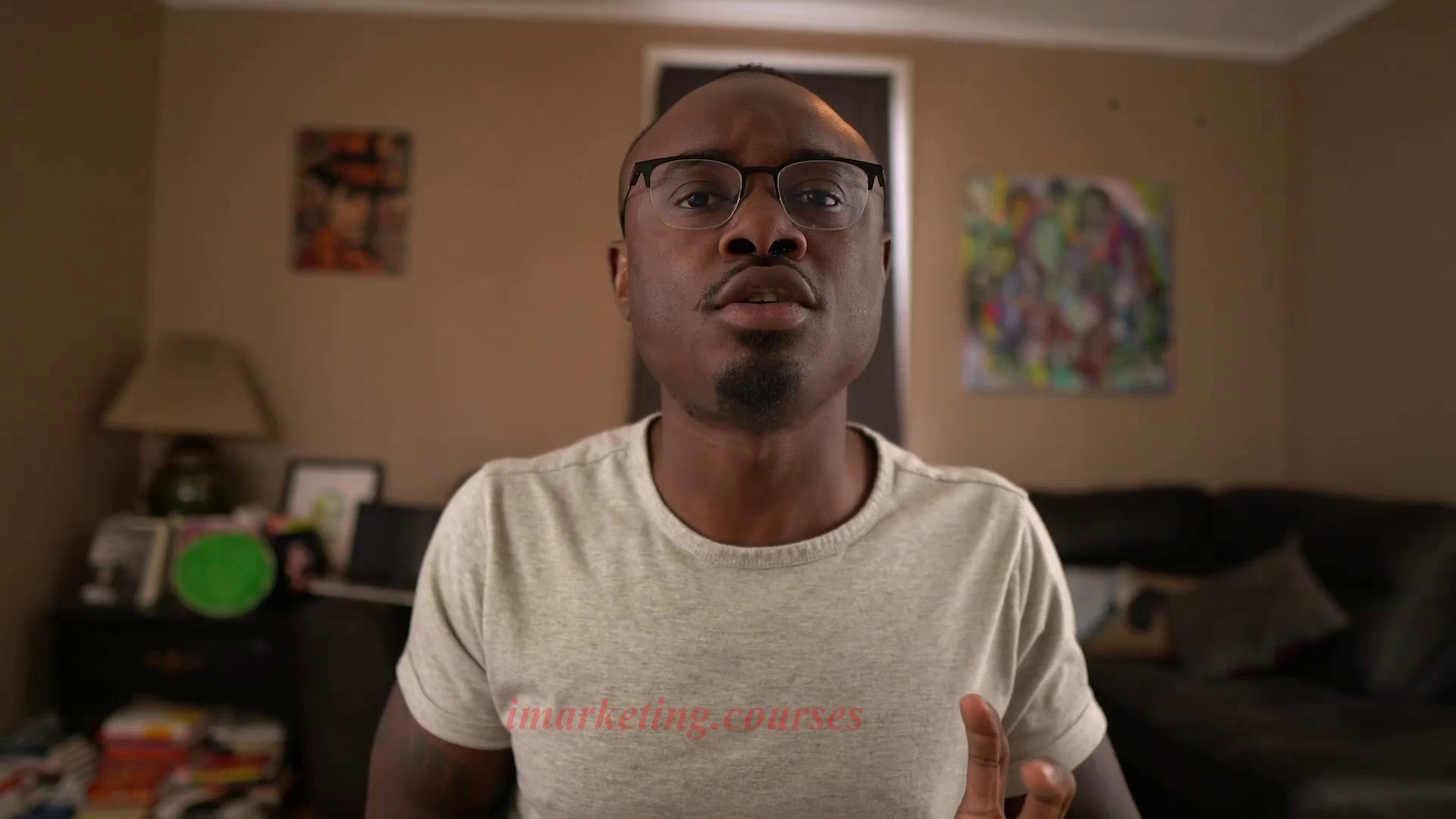
The three-nod technique involves opening a blog post with three questions that readers will likely answer "yes" to. This creates a sense of identification between the writer and reader, and gets readers to commit to agreeing with the writer early on.
The technique utilizes the psychological principles of mind reading, where the writer demonstrates understanding of the reader, and commitment consistency, where people aim to be consistent with things they've already committed to.
The narrator provides a salesperson example to illustrate how small commitments can lead to bigger ones. By getting "yes" answers to initial questions, the salesperson makes it harder to say "no" later.
In writing, the technique framed as questions isn't meant to manipulate, but to get readers nodding along. The narrator provides a sample opening using this technique, with questions about wanting a better life and struggling to achieve dreams.
Getting readers to commit, even in small ways, makes them more likely to invest further in the writer's message. So the three-nod technique helps in building that reader-writer relationship and persuasive bond early on.
.